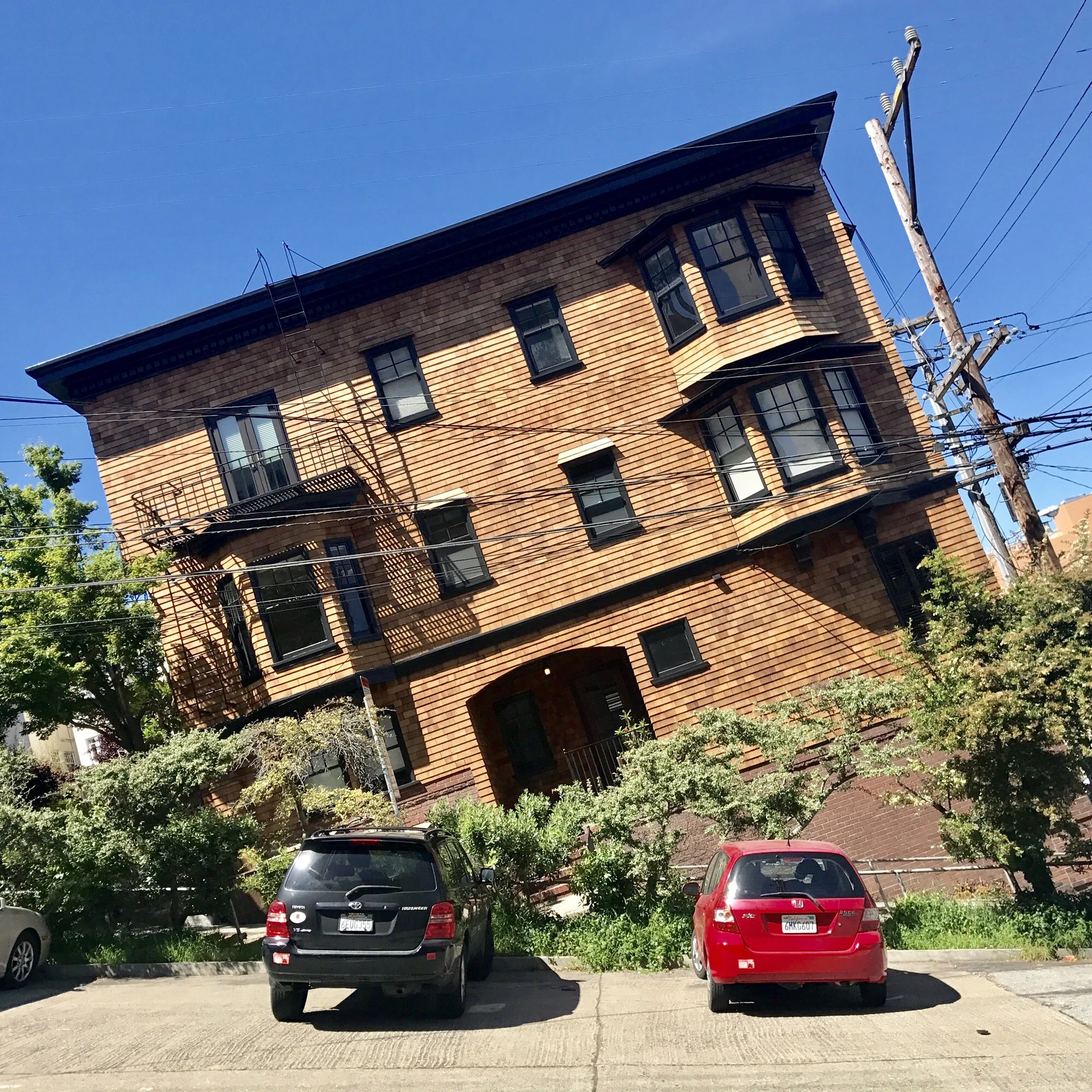
These 30 Cities Are Slowly Sinking Into The Ground
1. New Orleans, USA
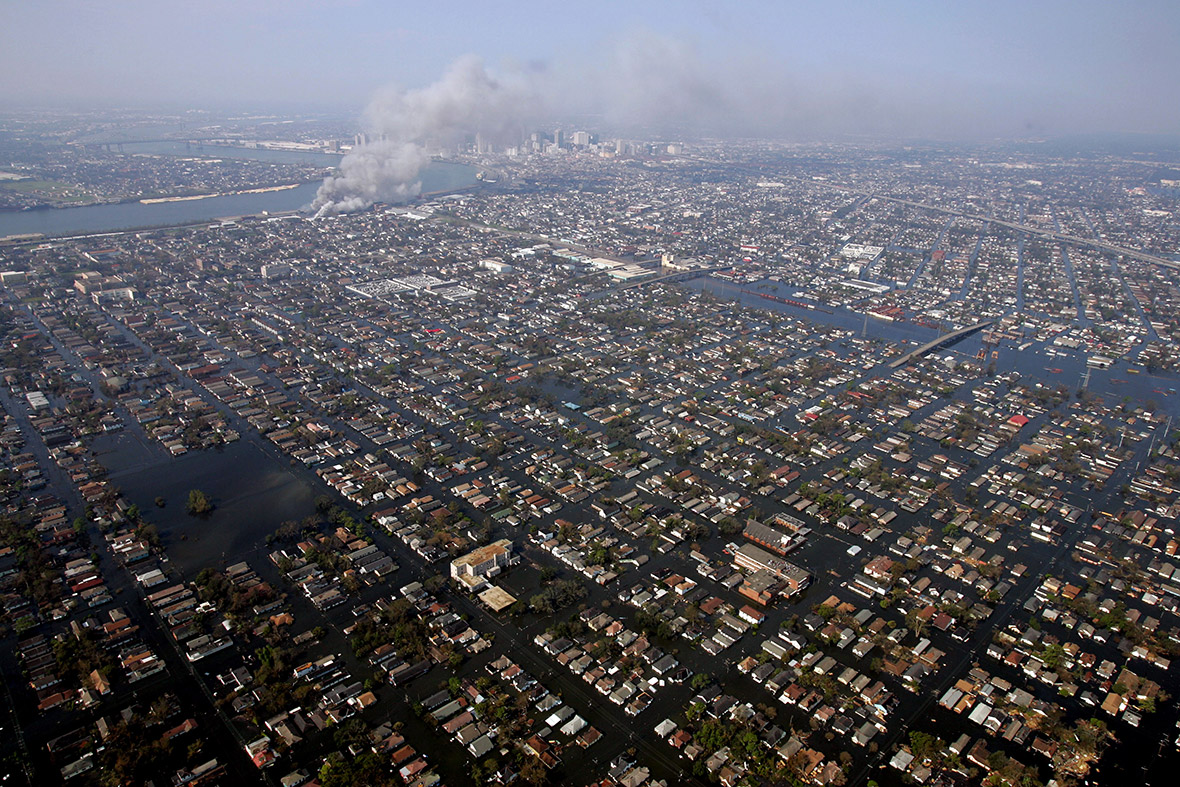
Image Source: Reddit
New Orleans is sinking below sea level primarily due to its geographical location and human activities. The city is situated on soft, subsiding soils that compact over time, causing gradual sinking. Additionally, natural sinking is only exacerbated by the extraction of groundwater and oil, leading further to land settling. To make things worse, the Mississippi River levee system restricts sediment distribution, preventing the replenishment of land.
2. Jakarta, Indonesia
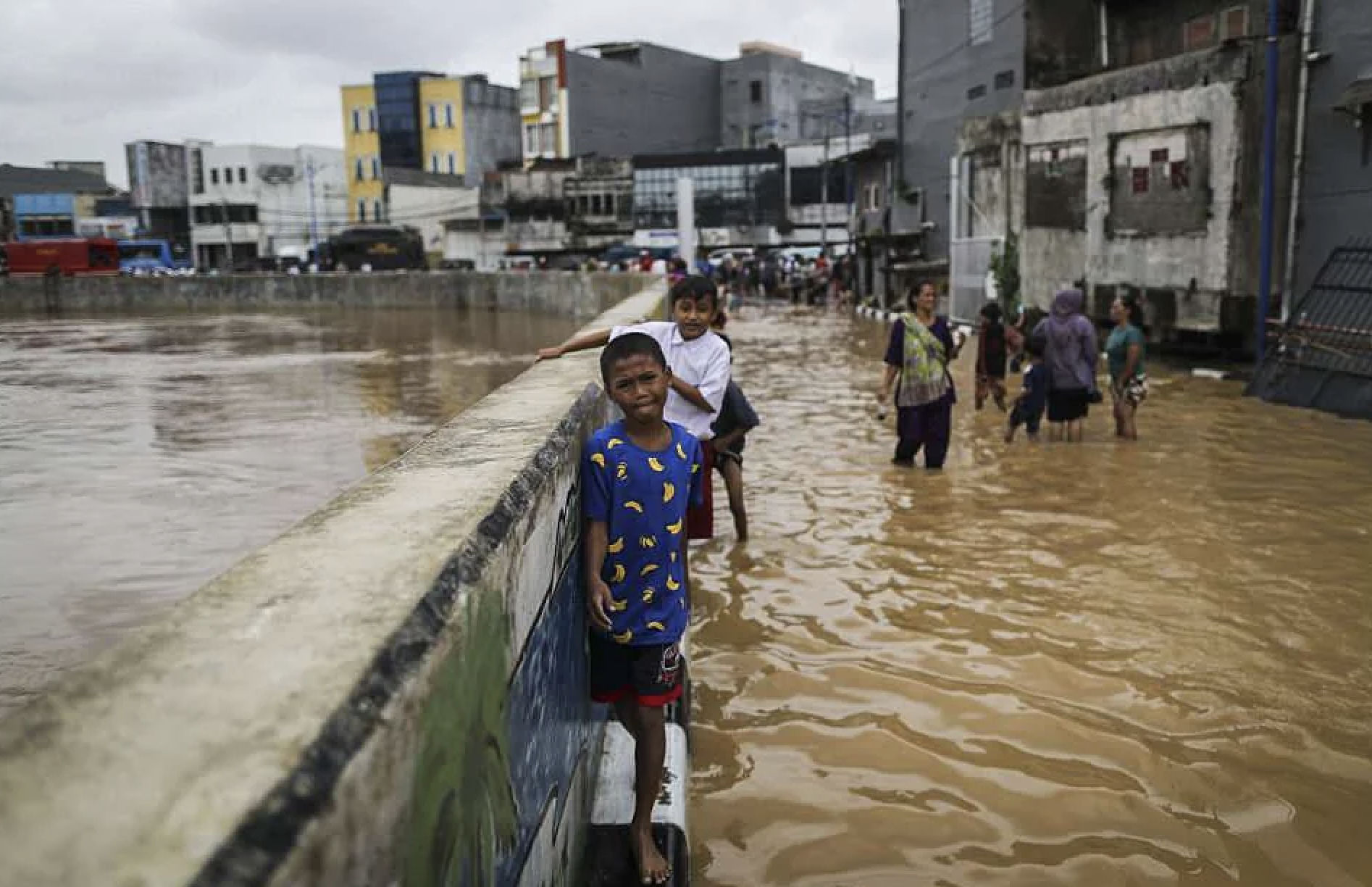
Image Source: Reddit
Jakarta is sinking rapidly due to a host of interconnected factors. Excessive groundwater extraction to meet the demand of its growing population and industries has led to land subsidence (sinking). Additionally, the city's extensive urban development and canalization have disrupted natural water absorption and drainage systems, further contributing to subsidence. Furthermore, Jakarta is grappling with the impacts of rising sea levels in the Java Sea.
3. Venice Italy
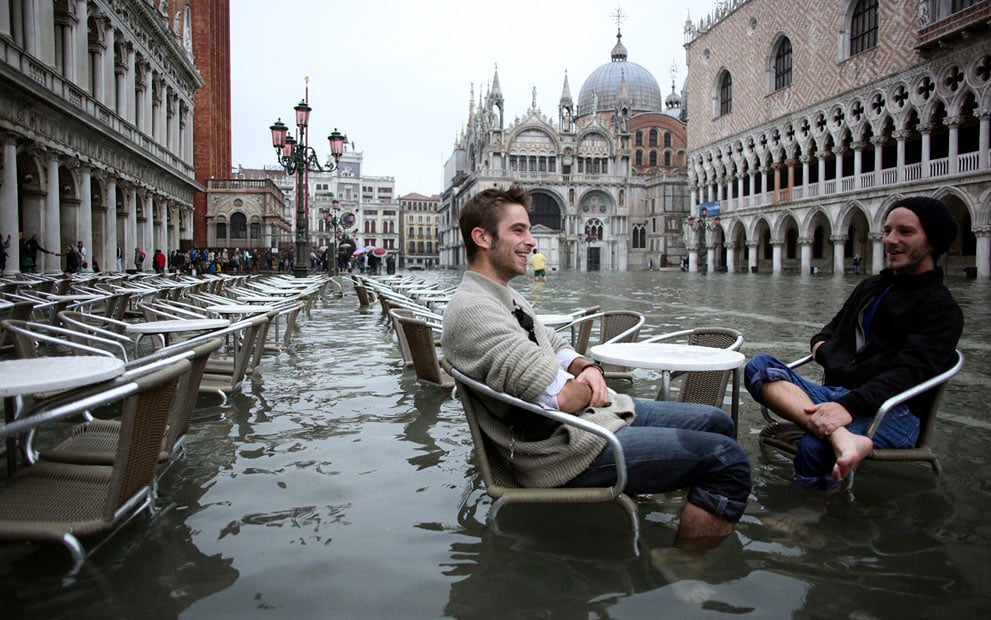
Image Source: Reddit
Venice's sinking can be attributed to multiple factors, with the primary one being the natural compaction of the soft sediment in which the city is built on. Over time, the weight of the buildings and infrastructure has caused the ground to sink. Human activities, such as groundwater extraction for industrial use have worsened the sinking. The construction of the MOSE flood barrier, while intending to protect the city from flooding has interfered with the local ecological balance.
4. Bangkok, Thailand
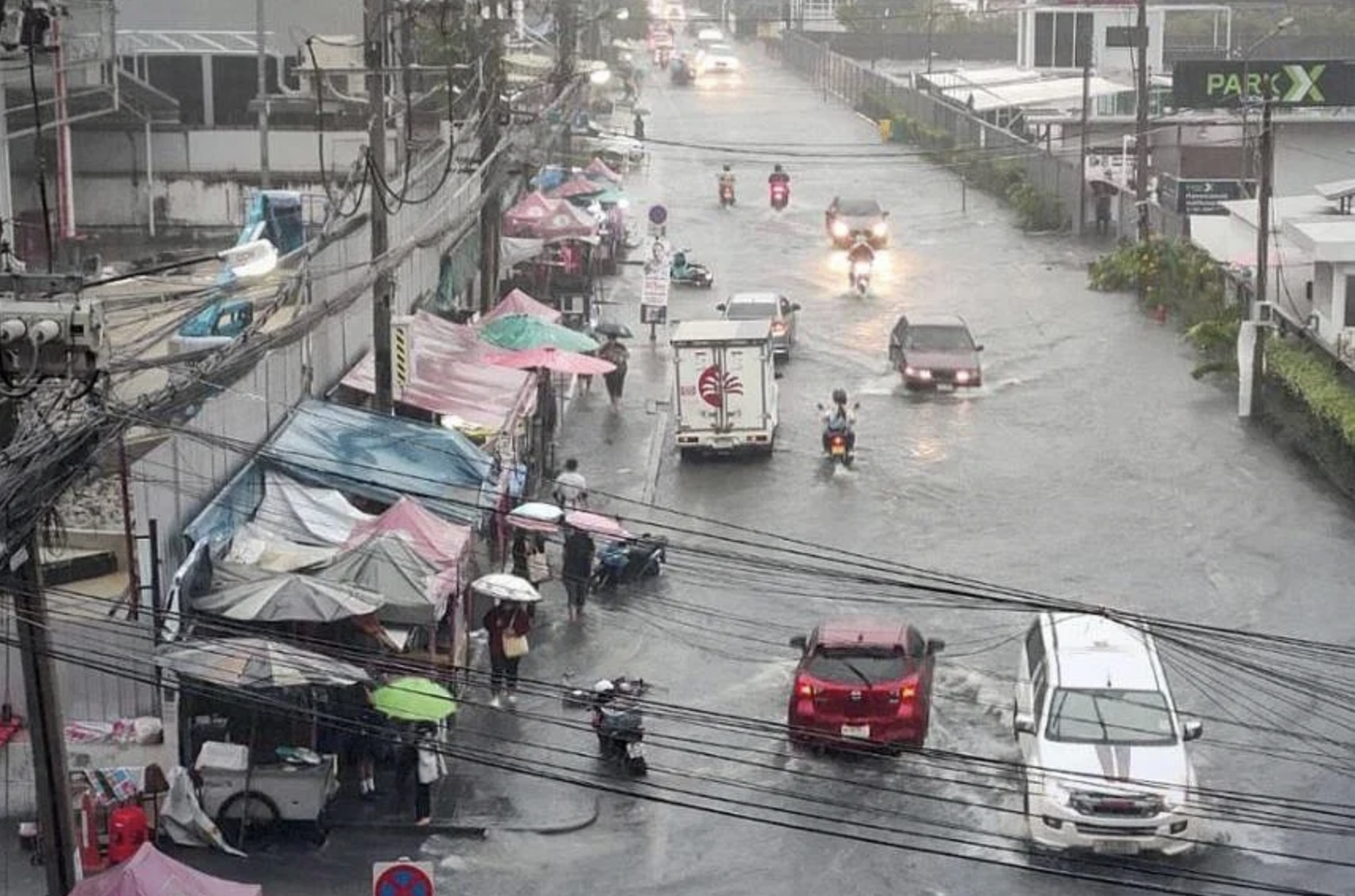
Image Source: Reddit
Bangkok faces sinking due to a combination of human activities and natural geology. Excessive extraction of groundwater for agricultural and domestic purposes has led to the sinking of the soft clay soil on which the city is built. Rapid urban development and extensive construction of buildings have disrupted the natural drainage systems, increasing the risk of flooding. Rising sea levels in the Gulf of Thailand further increases the vulnerability of the city.
5. Mexico City, Mexico
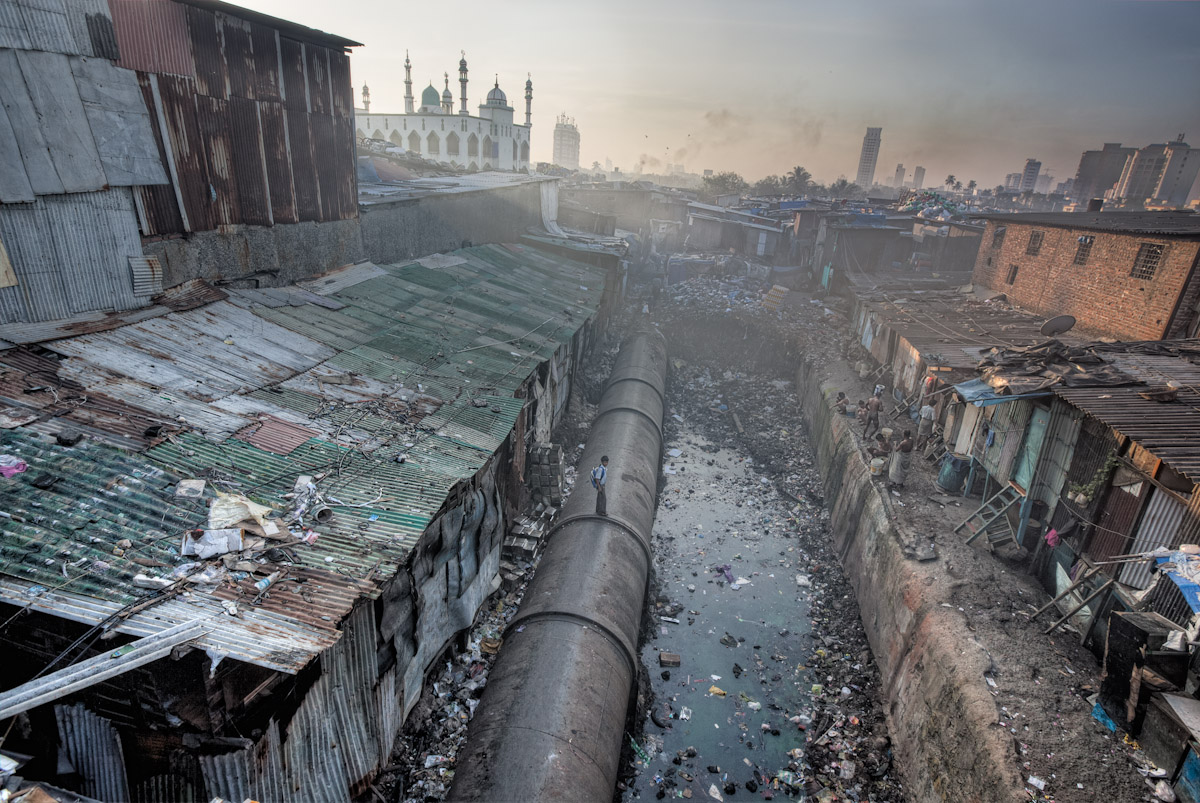
Image Source: Reddit
Mexico City is in trouble due to its unique geological setting amongst other smaller reasons. The city is built on a former lakebed, and over-extraction of groundwater to meet the demands of the ever-growing population has caused the ground to subside. The draining of the lakebed over centuries has resulted in its natural compaction. Climate change has increased rainfall which is problematic when mixed with the compaction and lake of drainage.
6. Shanghai, China
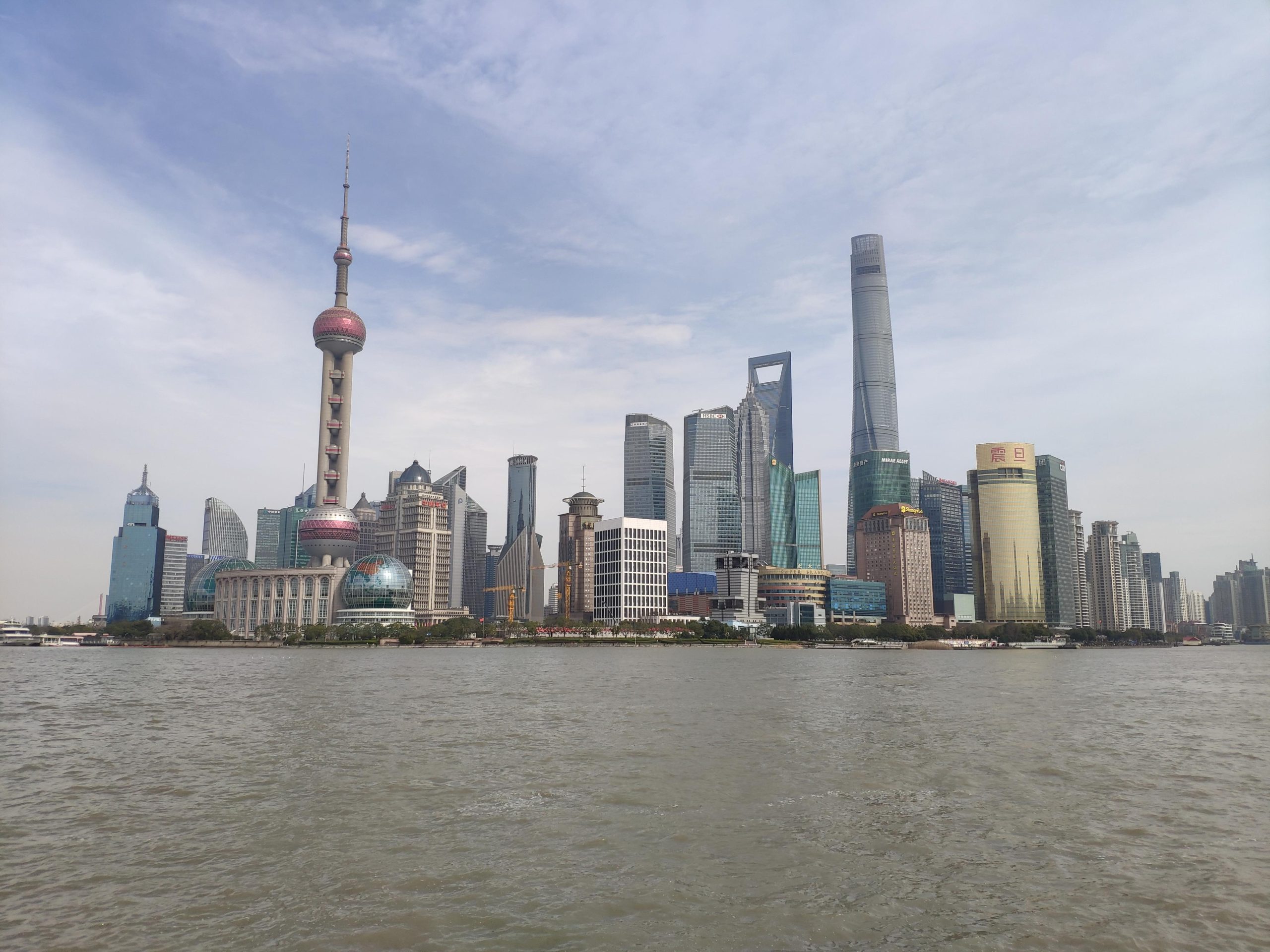
Image Source: Reddit
Shanghai's rapid urbanization and land reclamation projects have significantly impacted the city's sinking. The extensive groundwater extraction for industrial and agricultural purposes have caused massive amounts of sinking, particularly in the soft soil areas near the coast. The creation of artificial islands and the filling of wetlands for urban expansion have disrupted the natural sediment balance.
7. Houston, USA
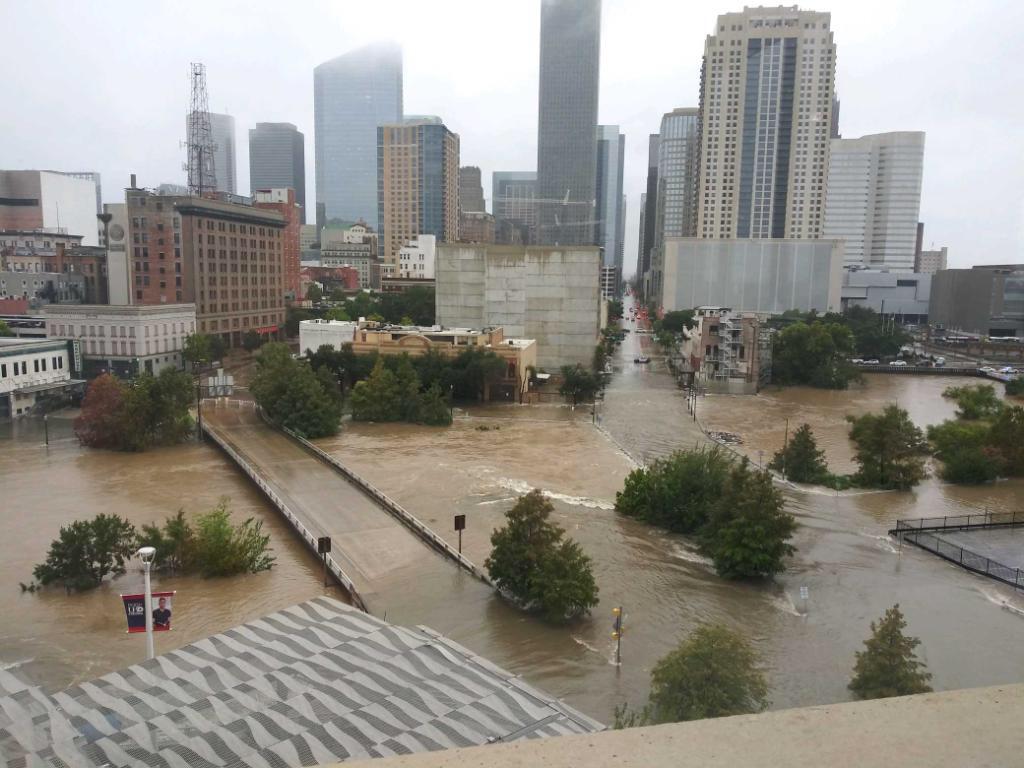
Image Source: Reddit
Houston's issues are primarily sourced by the excessive groundwater pumping for industrial and domestic use. As water is removed from underground aquifers, the ground compact, causing the land to sink. Additionally the city's proximity to oil and gas extraction activities contributes to land subsidence, as fluids are extracted from beneath the surface. Location of the city mixed with rising sea levels, also puts the city at risk.
8. Dhaka, Bangladesh
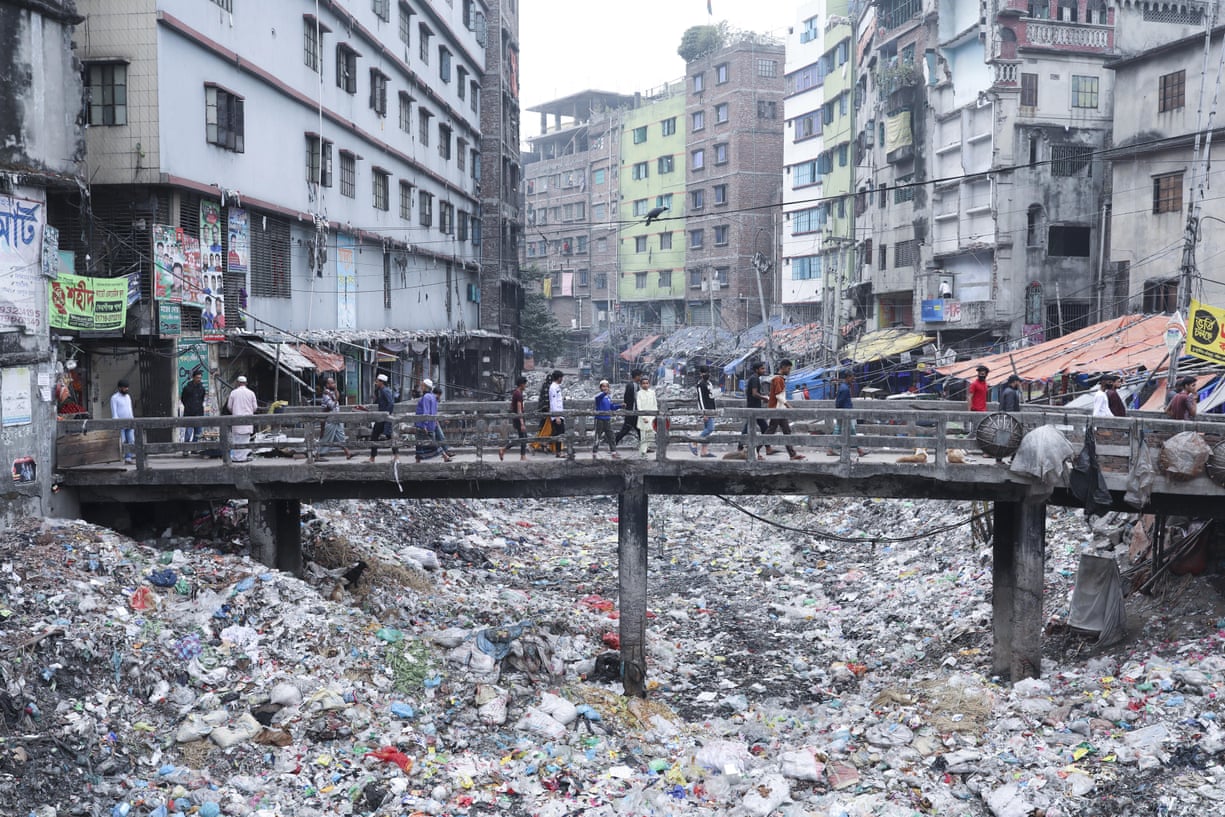
Image Source: Reddit
Dhaka's sinking is driven mainly by the over-extraction of groundwater to support its dense population. The continuous pumping of groundwater has led to the subsidence of the city's soft clay soil. Rapid urbanization has further disrupted the natural drainage systems and affected the city's ability to manage excess water during monsoon seasons. This city is also at risk from rising sea levels.
9. New York City, USA
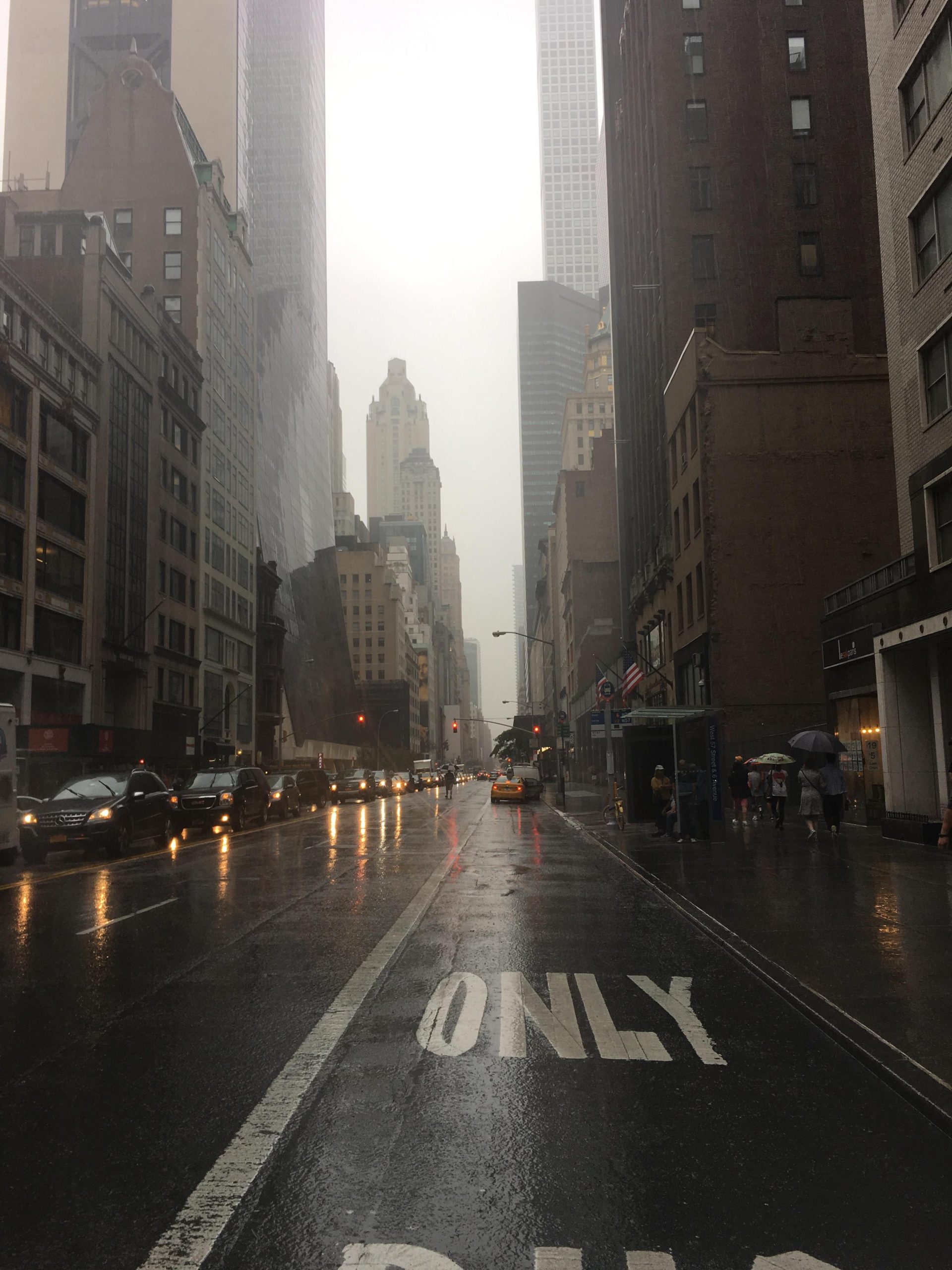
Image Source: Reddit
New York City's sinking problem is similar to plenty of other major modern cities. The excess groundwater pumping has caused land to sink in some areas. The city's urban development has resulted in the alteration of natural water flow patterns and reduced water absorption capacity. As a result, stormwater runoff and flooding have increased. The city's low-lying coastal location and the rising sea levels along the Atlantic coast increase the risk of flooding during storms.
10. Lagos, Nigeria
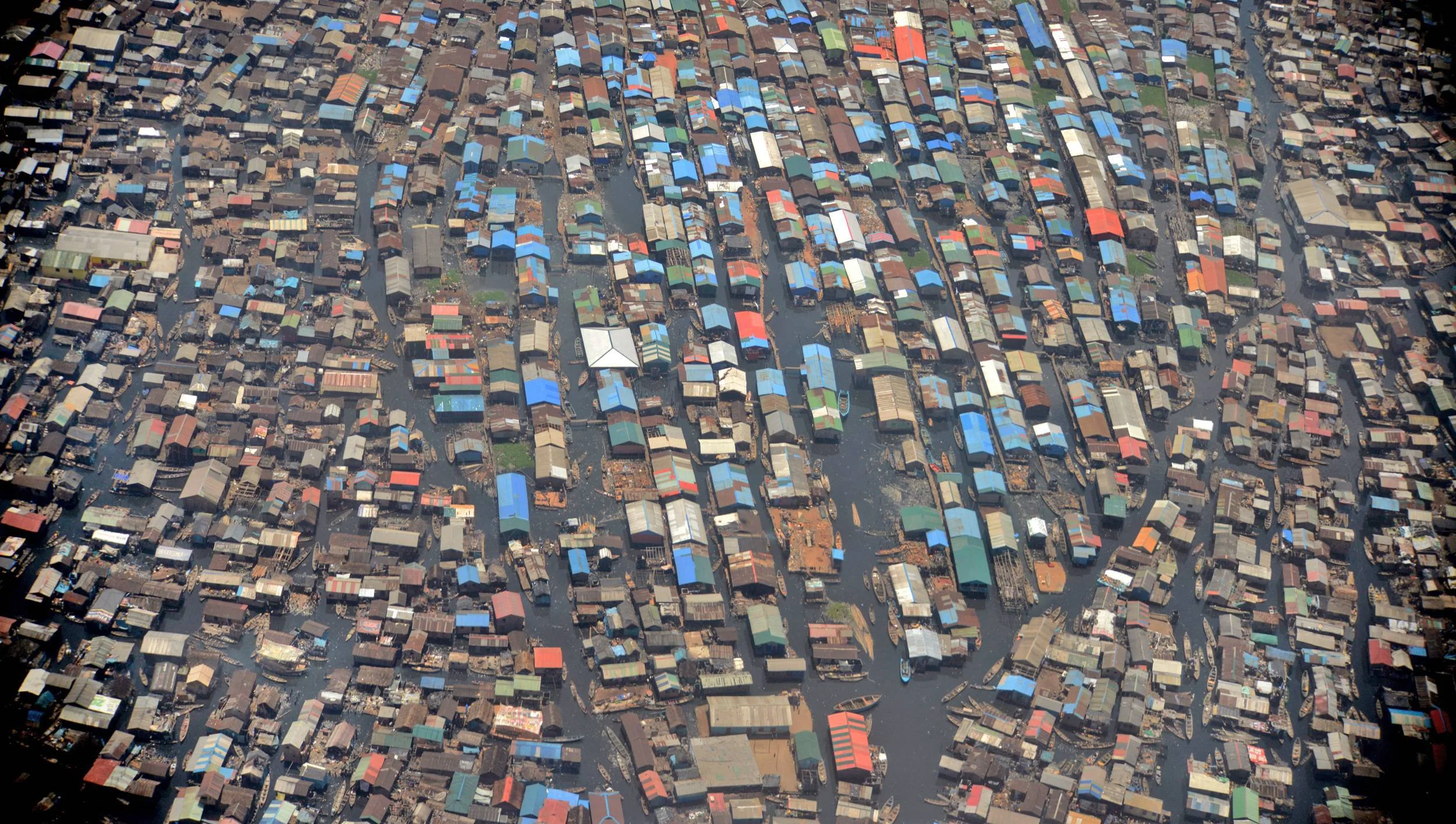
Image Source: Reddit
The rapidly growing population and consistent extraction of groundwater are two of the primary reasons to Lagos sinking. This has caused the sinking of the city's soft clay soil, leading to sinking in certain areas. Lagos also faces the impacts of climate change, with sea-level rise affecting the coastal regions, exacerbating the flooding risks. The city's low-lying topography and extensive urbanization contribute to its vulnerability to flooding and coastal erosion.
11. Ho Chi Minh City, Vietnam
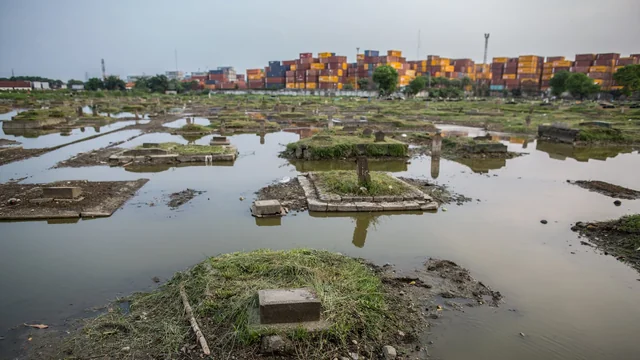
Image Source: Reddit
Ho Chi Minh City relies heavily on it's farming industry to feed and support the people living in surrounding areas. Excessive groundwater extraction used for agricultural needs are one of the main reasons for land sinking. The continuous pimping has led to the compaction of soft soil, resulting in land subsidence. In addition, the city's rapid urban development and construction activities have disrupted natural drainage systems, the problem us highlighted during heavy rainfall.
12. Manila, Philippines
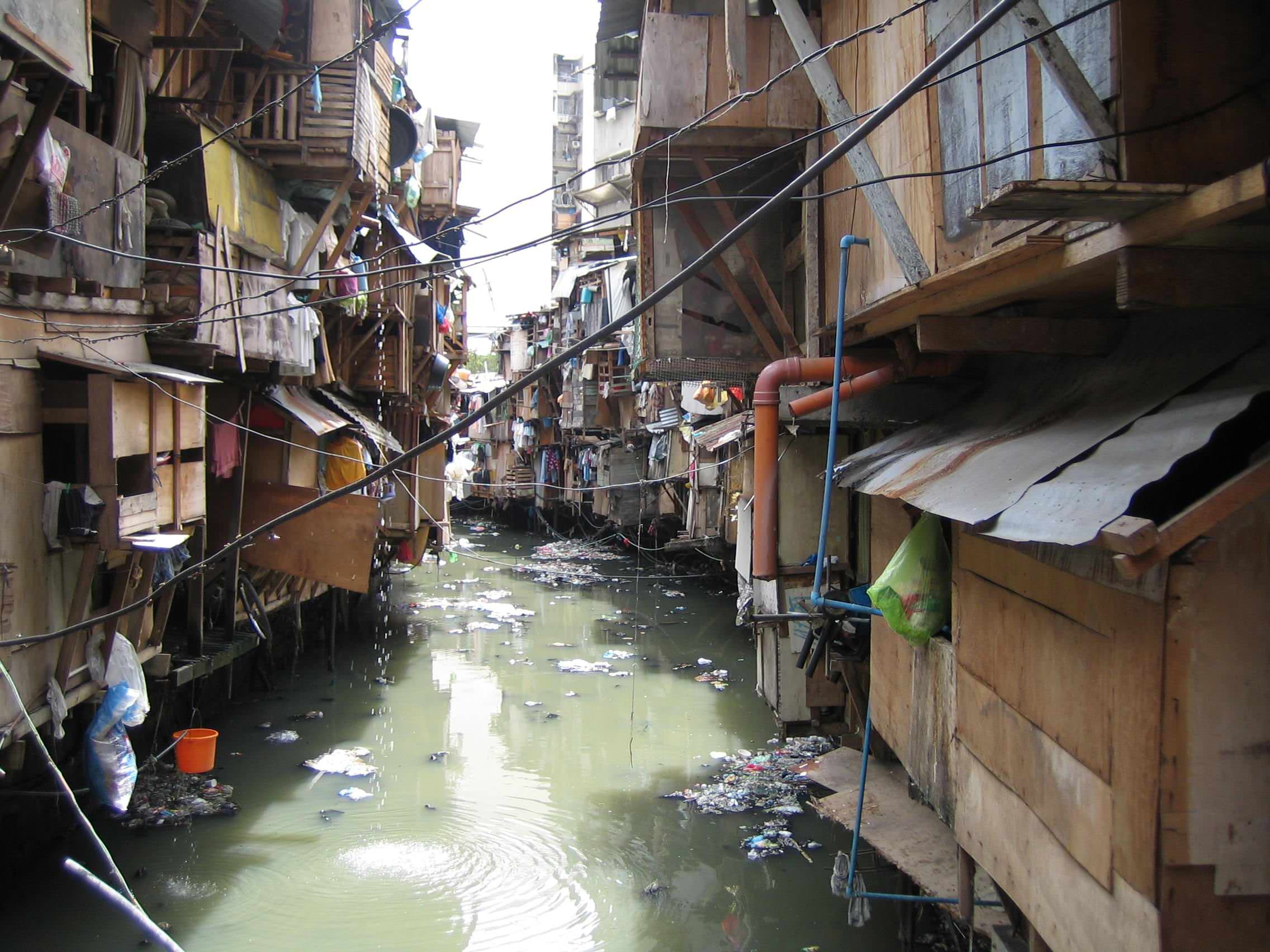
Image Source: Reddit
Like most of the cities previously listed, Manila has also caused their sinking problems from over extraction of groundwater, this has affected different areas of the city. Rapid urbanization and deforestation in nearby regions have disrupted drainage and natural water absorption. Being located next to Manila Bay also makes this city susceptible to rising sea levels and storm surges, threatening lots of venerable communities.
13. Miami, USA
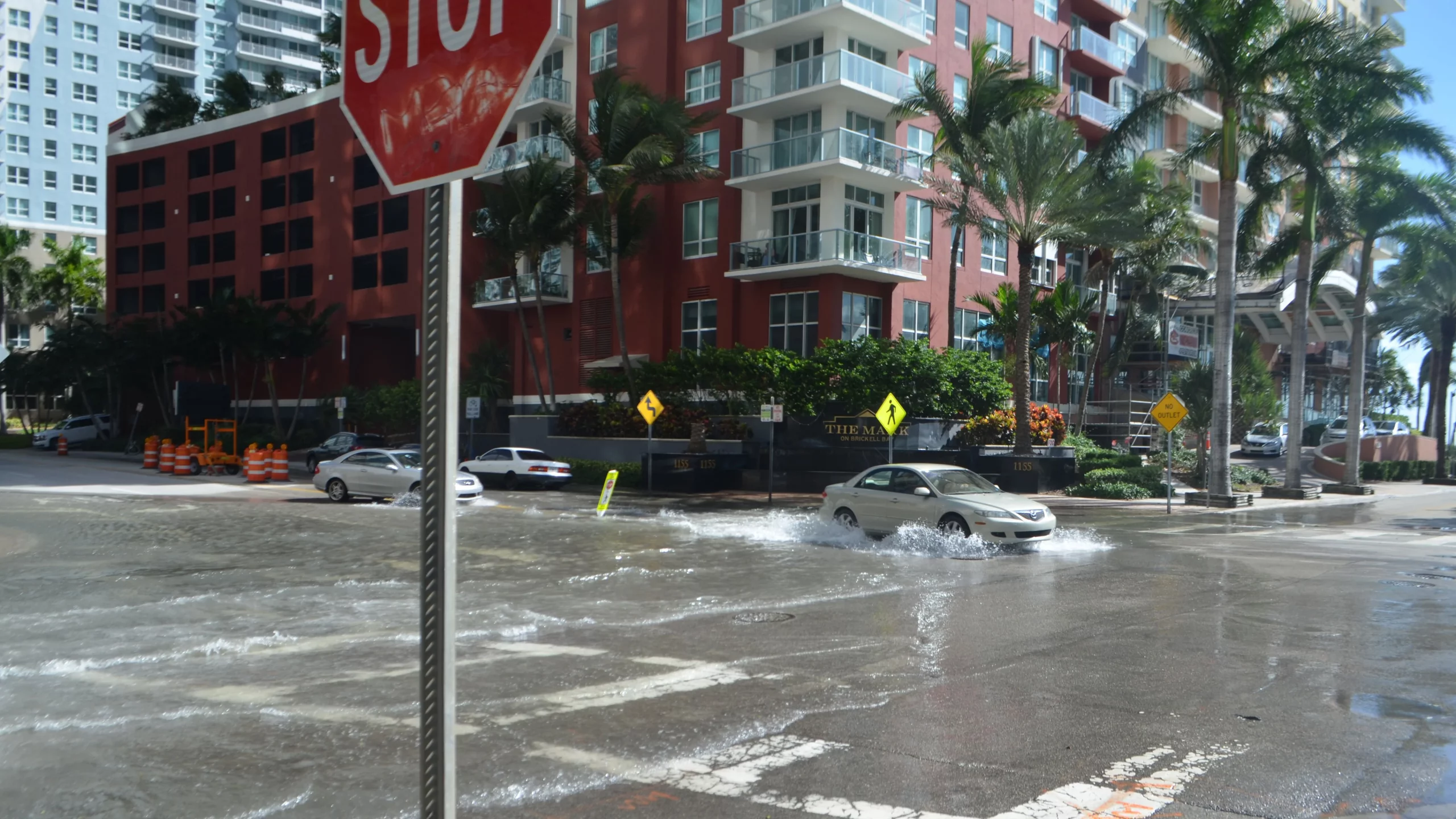
Image Source: Reddit
Miami faces sinking due to its unique geological composition. The city is built on porous limestone bedrock, and extensive groundwater pumping for freshwater supply has caused subsidence. As the water is removed from the limestone, the ground compacts and sinks. Moreover, Miami's urban development and extensive concrete surfaces have reduced natural water absorption and drainage, leading to increased flooding during heavy rainfall.
14. Amsterdam, Netherlands
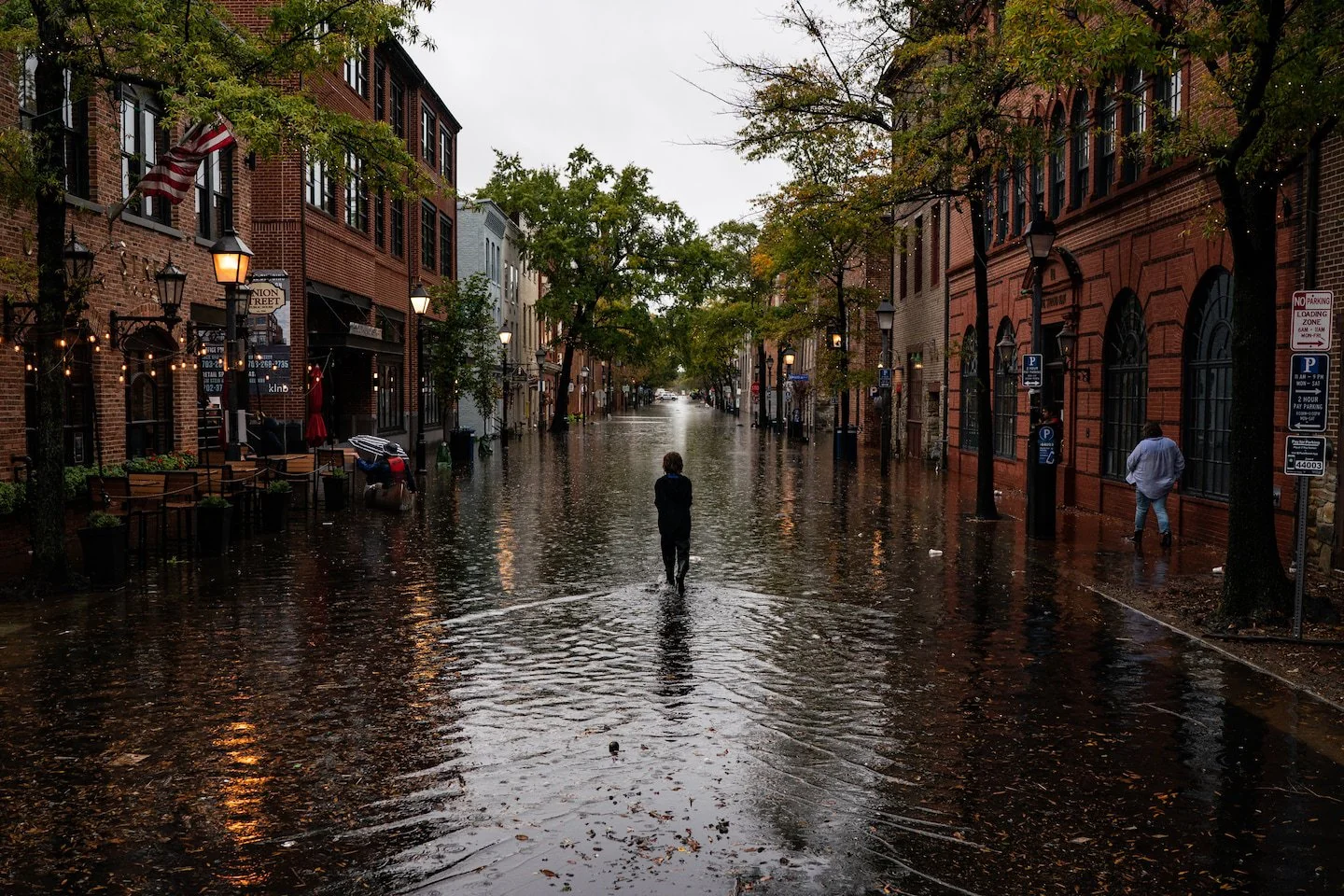
Image Source: Reddit
Amsterdam also struggles with sinking due to its geological setting. Built on peat soils, continuous drainage has caused the soils to dry and compress, leading to land subsidence. Moreover, the extensive groundwater extraction to support the city's water management and urban needs has contributed to the sinking. The construction of human-made embankments and land reclamation projects has further impacted the balance of water and sediment.
15. Alexandria, Egypt
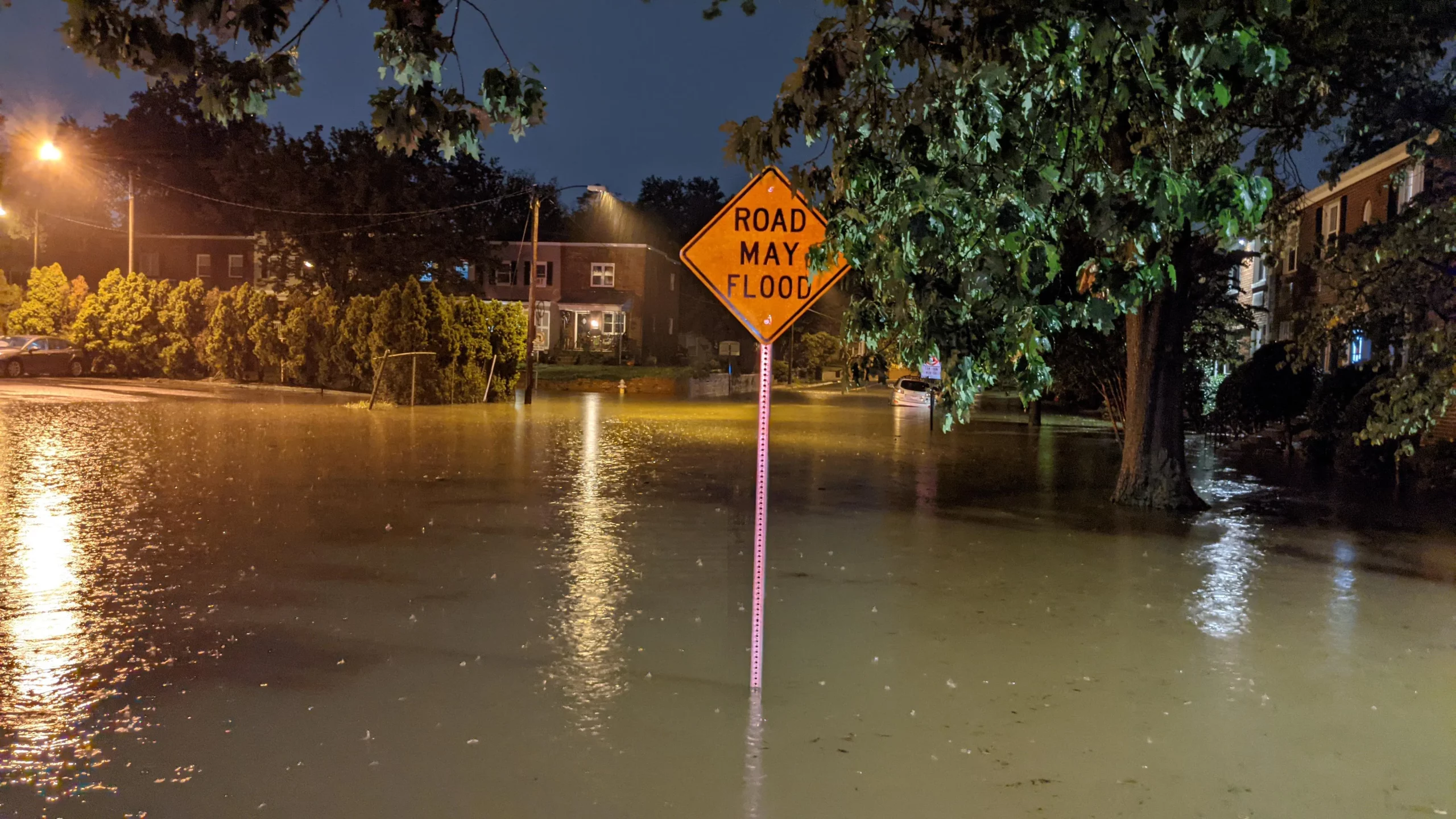
Image Source: Reddit
This beautiful Egyptian city has the same worldwide issue of over-extraction of groundwater, the growing population of the city means it is difficult to find alternative options to meet the demand. Soft clay soil has sunk and the city's coastal location along the Mediterranean Sea makes it vulnerable to rising sea levels. Construction of modern infrastructure and coastal wetlands have further affected natural drainage, compounding the flooding issues.
16. Tianjin, China
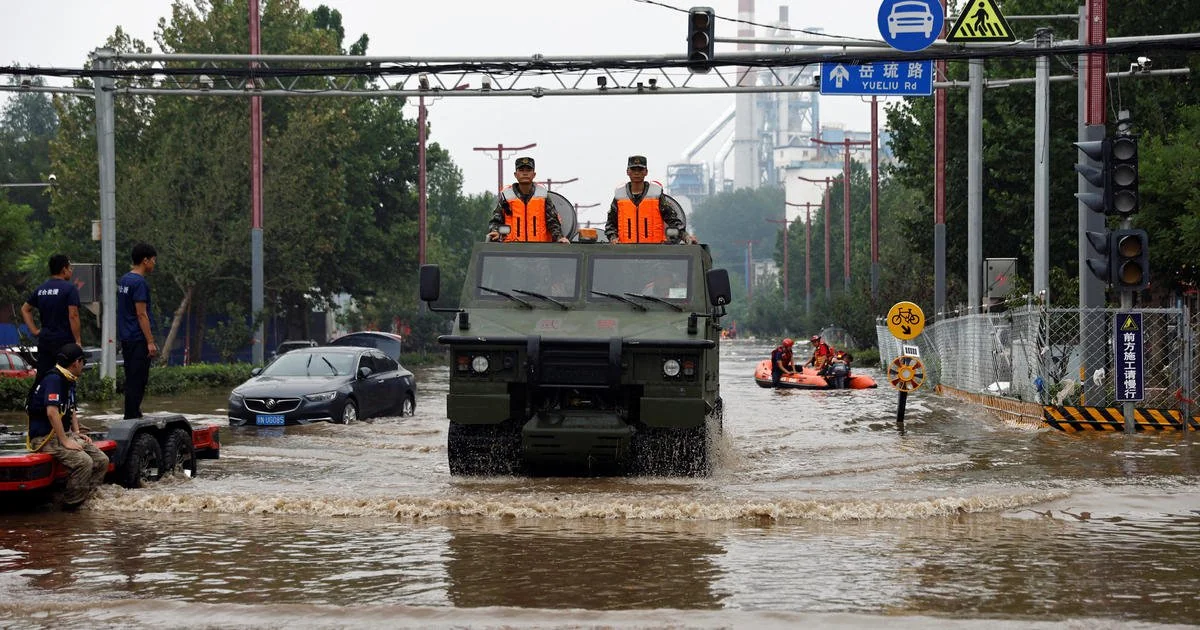
Image Source: Reddit
Tianjin is looking at a big combination of reasons for ground subsidence. Groundwater extraction for both industrial and agricultural purposes have ruined the composition of the soil. Rapid urbanization, land reclamation and mass construction are all factors that have limited the lands natural drainage. If the city didn't have enough to worry about, the risk of rising sea levels from the Bohai Sea also make the city vulnerable to flooding.
17. Rotterdam, Netherlands
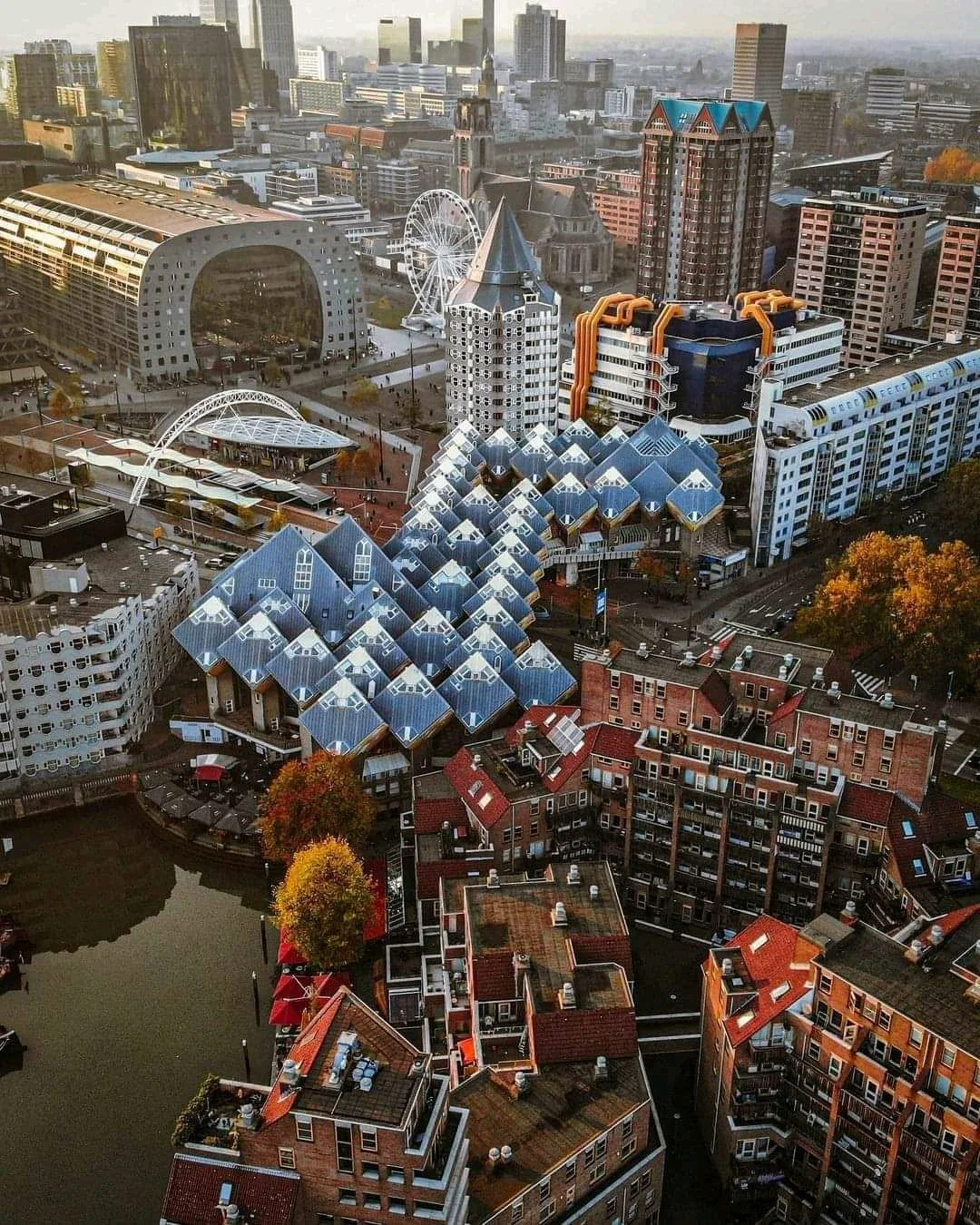
Image Source: Reddit
Much like the problems with their dutch neighbours in Amsterdam, Rotterdam also sits on peat soils. Continuous drainage and land reclamation projects have caused the peat to compress and subside. Groundwater extraction is too excessive which has worsens the issue. Rotterdam's location in the Rhine-Meuse-Scheldt delta exposes it to the risks of rising sea levels from the Northern Sea.
18. Osaka, Japan
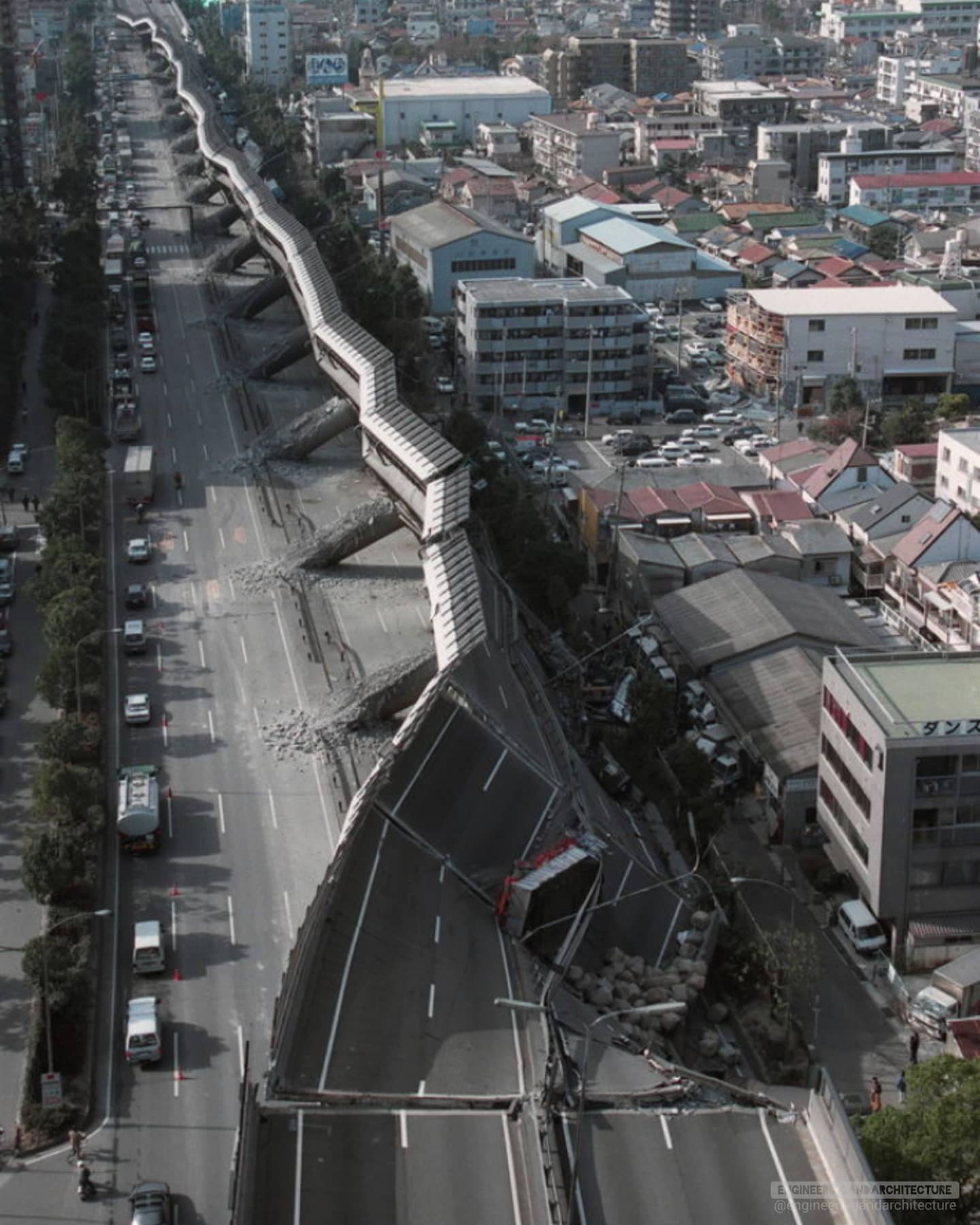
Image Source: Reddit
The dense population of this city has created a high demand for groundwater, again leading to over-extraction. The continuous pumping has led to the compaction of the city's soft clay soil. causing land subsidence in certain areas. The city has damaged natural drainage systems and being based next to Osaka Bay increases its vulnerability to flooding from typhoon-induced storm surges.
19. Algiers, Algeria
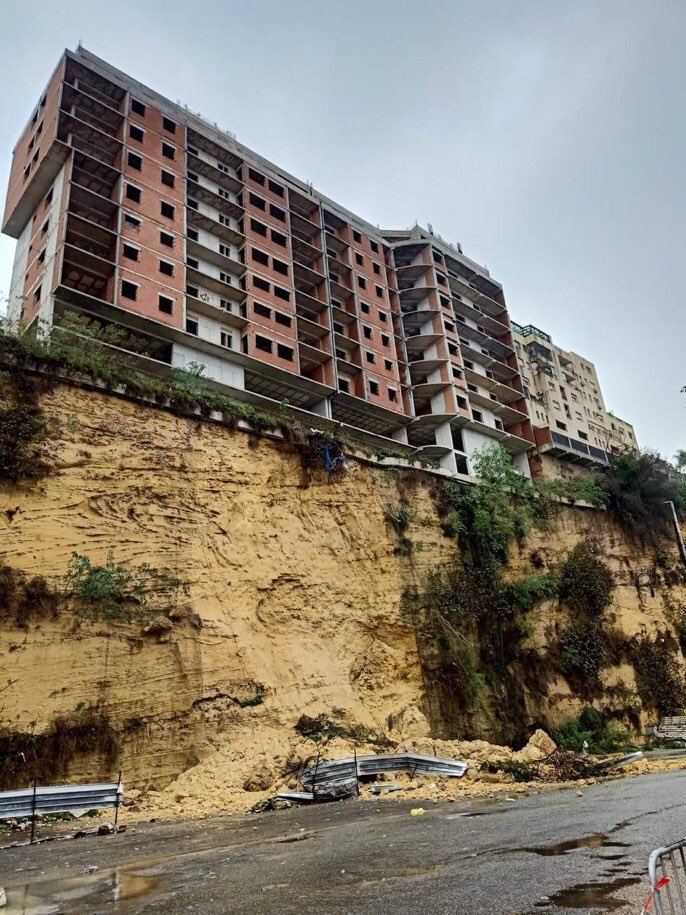
Image Source: Reddit
Algiers, the capital of Algeria, faces sinking due to a repeating combination of factors. The city's groundwater extraction for a growing population and industries has led to land subsidence. Additionally, Algiers' location on soft clay soil contributes to it's sinking. Urban development and alterations from natural drainage systems also impact the city's stability.
20. New Bedford, USA
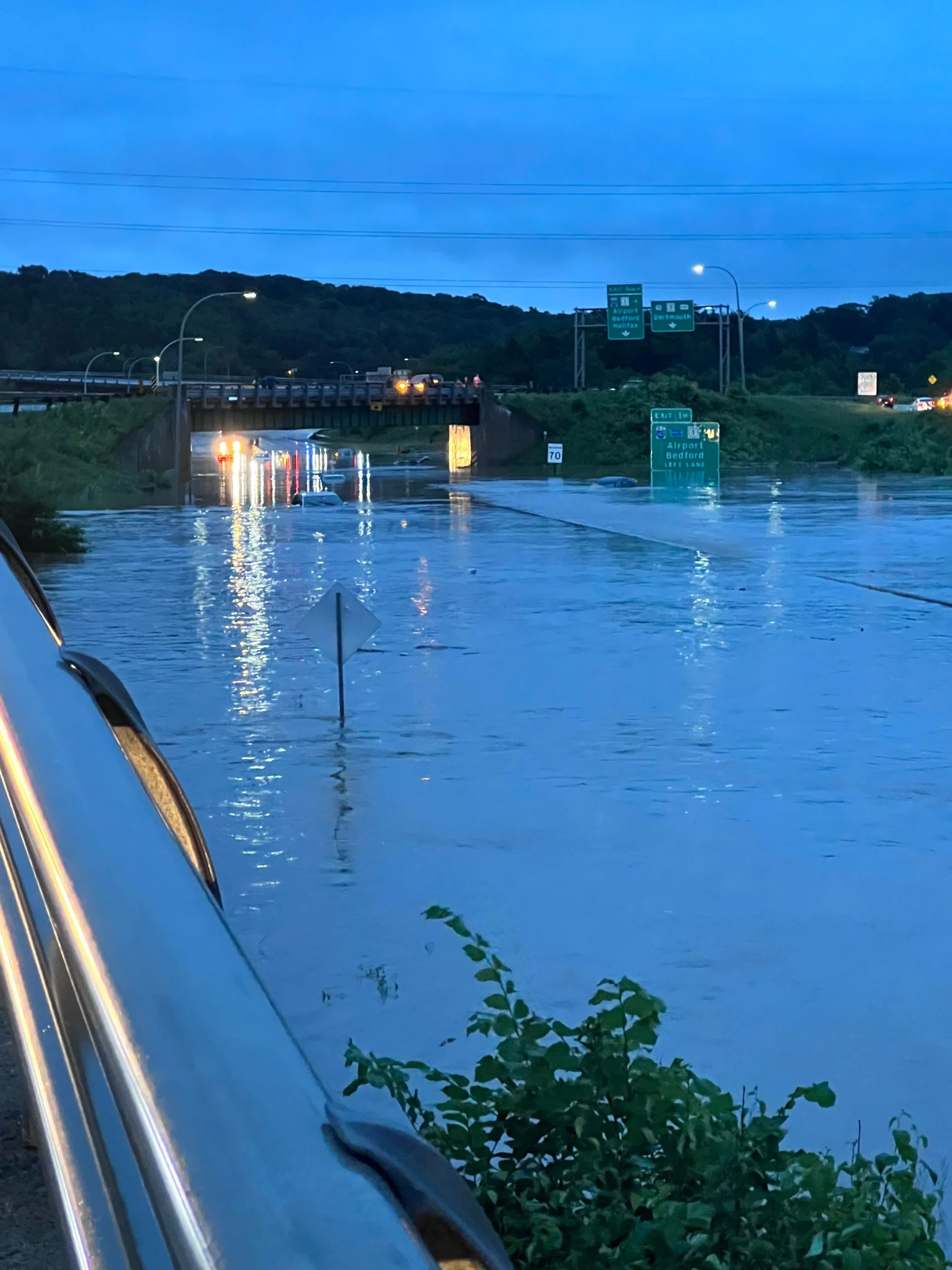
Image Source: Reddit
New Bedford, Massachusetts, experiences sinking primarily due to extensive groundwater pumping. The removal of water from underground aquifers causes the land to sink. The city's coastal location exposes it to rising sea levels and increased storm activity. The alteration of natural water flow patterns and coastal erosion further contribute to New Bedford's vulnerability to environmental challenges.
21. Norfolk USA
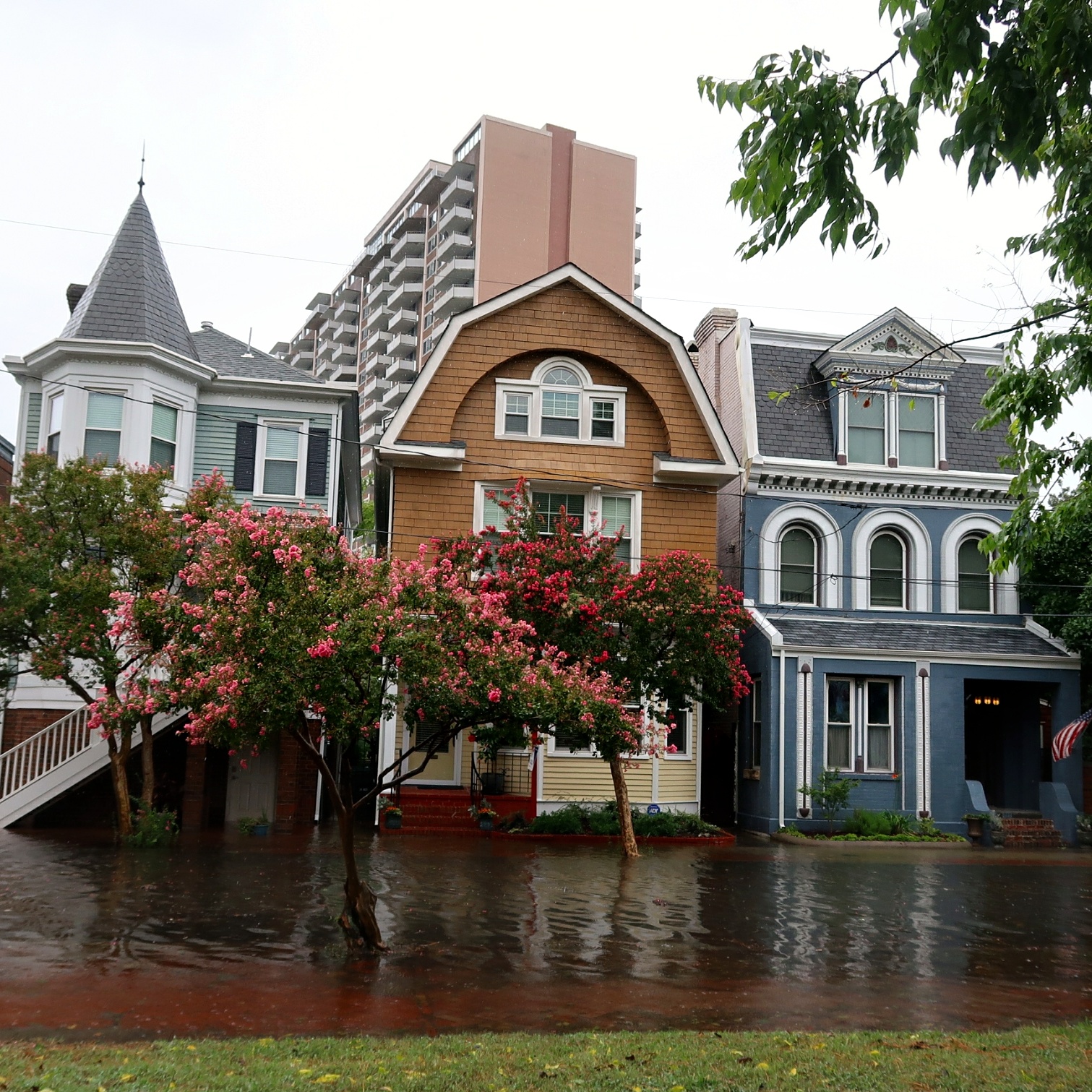
Image Source: Reddit
Norfolk, Virginia, confronts sinking issues due to extensive groundwater extraction, leading to land subsidence. The city's low-lying coastal location exposes it to rising sea levels and increased storm surges, exacerbating the flooding risks. The natural water flow patterns and amount of impervious surfaces contribute to the city's challenges in managing excess water during heavy rainfall and high tides.
22. Chennai, India
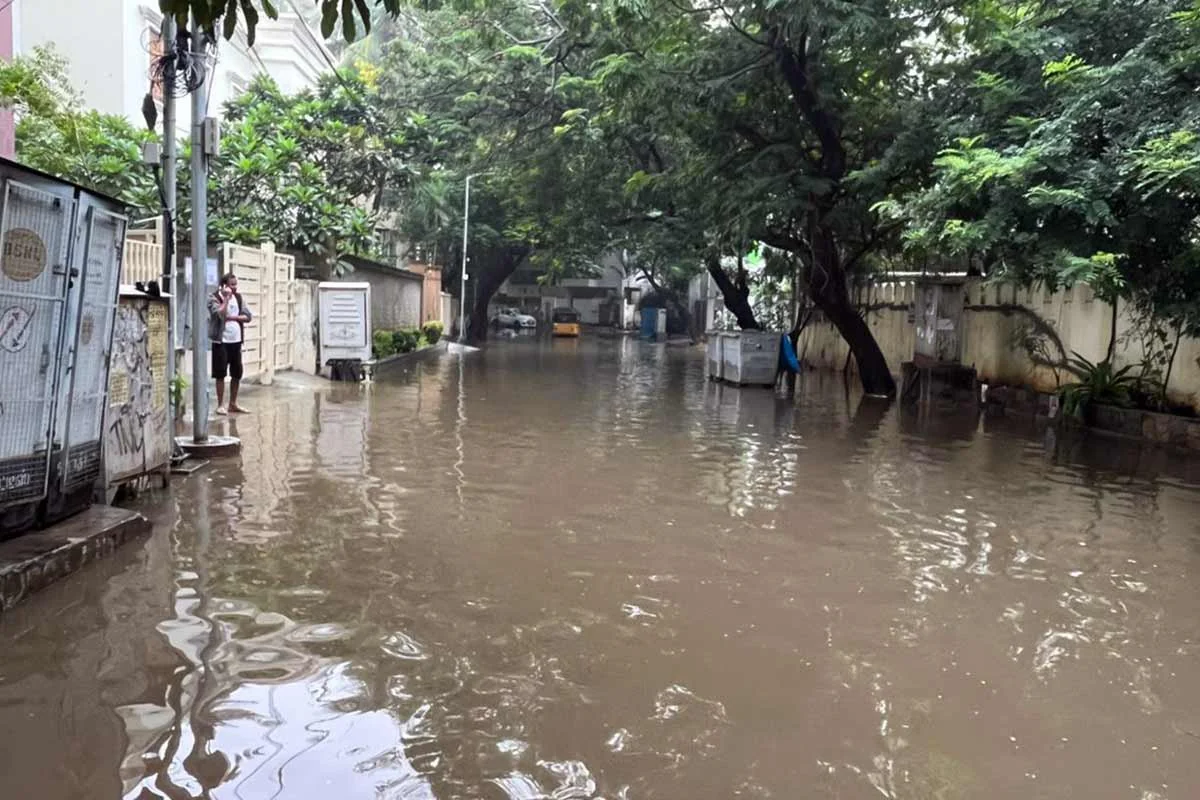
Image Source: Reddit
Chennai, the capital of Tamil Nadu, is sinking due to several factors. Over-extraction of groundwater to meet the city's water needs has caused land to sink. Urban development and deforestation have disrupted natural drainage and reduced water absorption capacity, leading to increased flooding during monsoon seasons. The city's location along the Bay of Bengal makes it susceptible to the rising sea levels.
23. Malé, Maldives
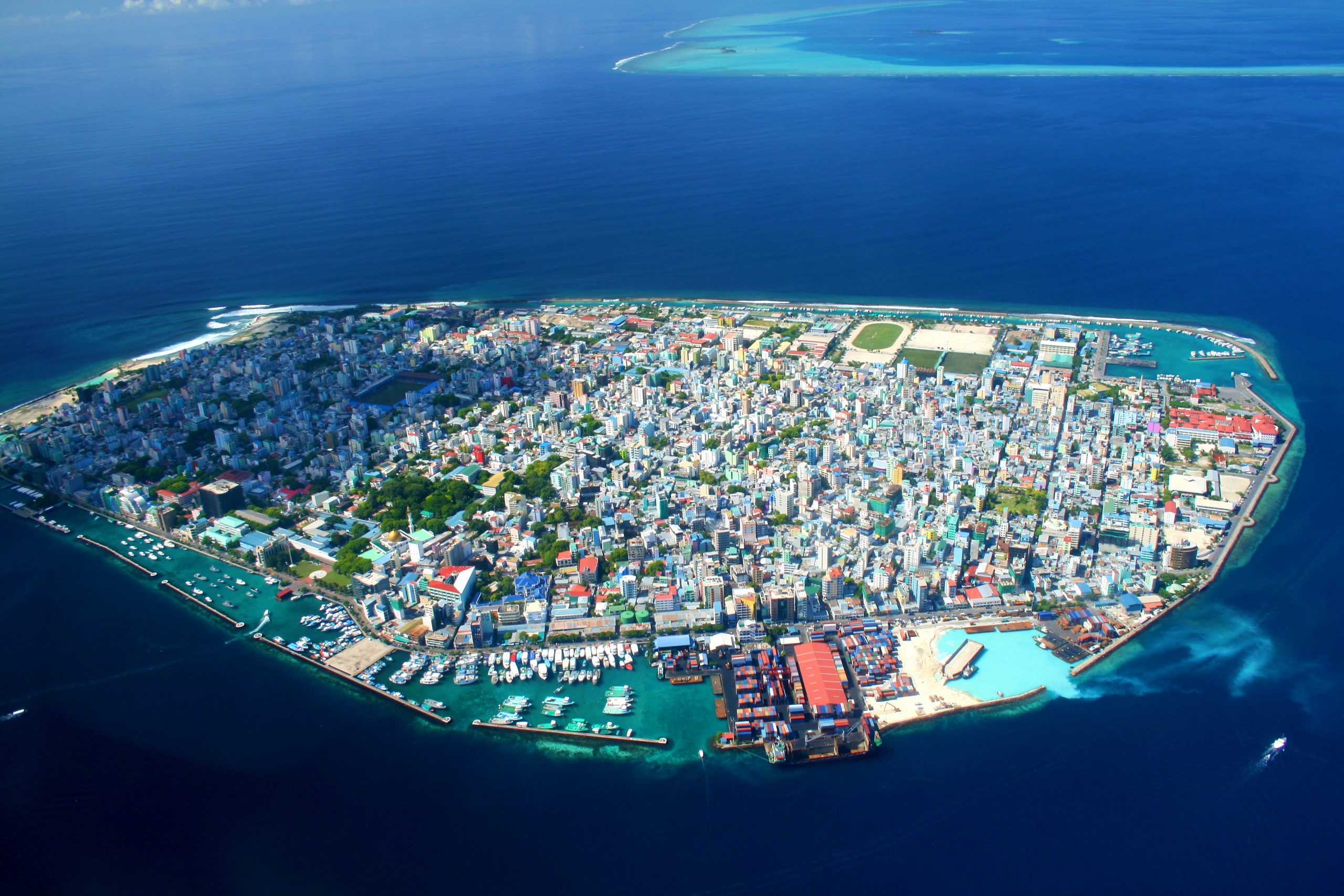
Image Source: Reddit
Malé, the capital of the Maldives, faces sinking primarily due to its unique geological setting. The city is built on low-lying coral atolls, and rising sea levels are threatening its existence. Need for freshwater supply is great, therefore groundwater has been over-extracted to support the people. Coastal erosion from the storm events further impacts the island's stability.
23. Galveston USA
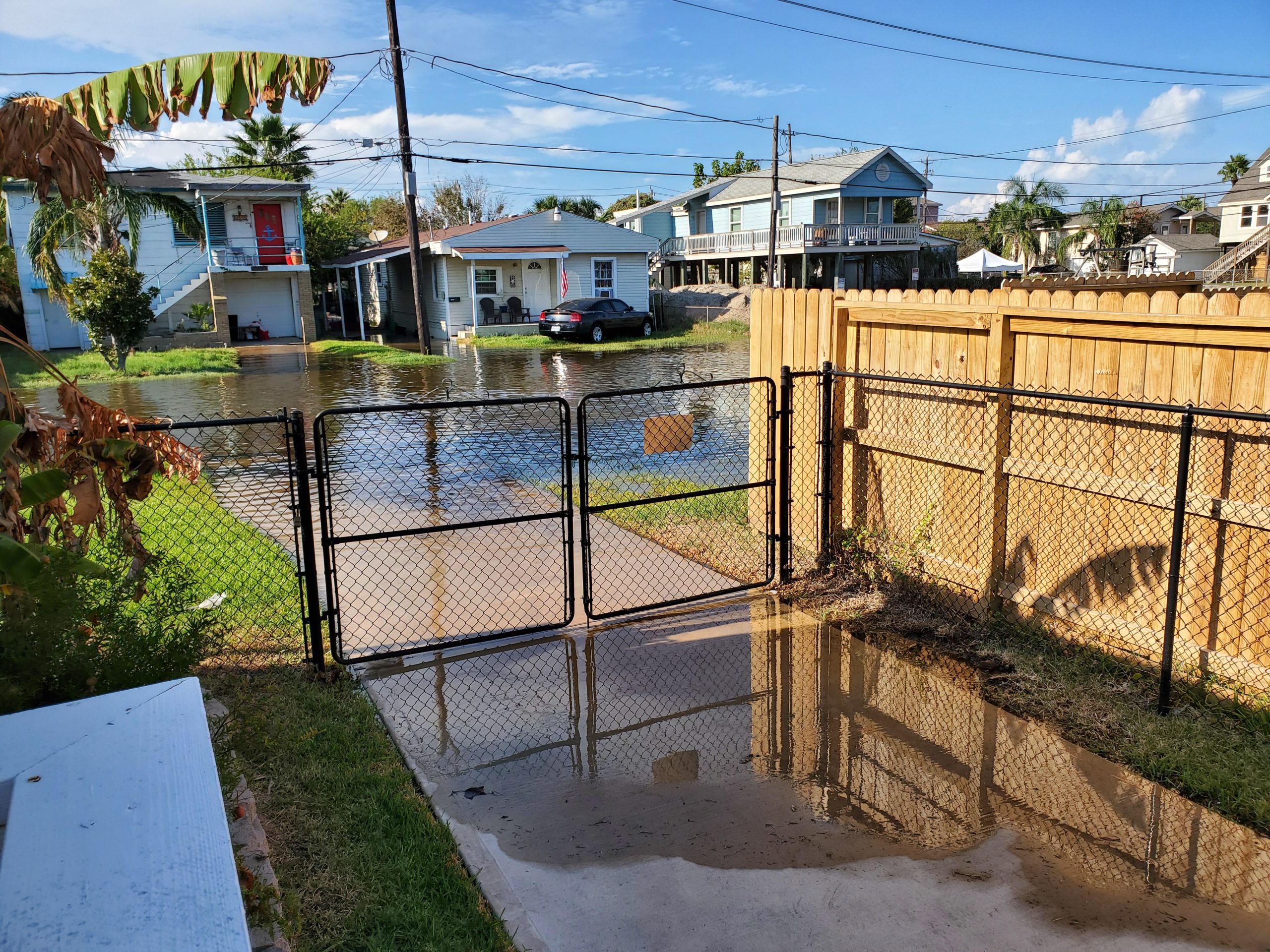
Image Source: Reddit
Galveston, Texas, experiences sinking primarily due to its geological composition. The city is situated on limestone bedrock, and excessive groundwater pumping for freshwater supply causes land subsidence. Galveston's low-lying coastal location exposes it to storm surges and therefore making it more vulnerable to storms and coastal inundation.
24. Semarang, Indonesia
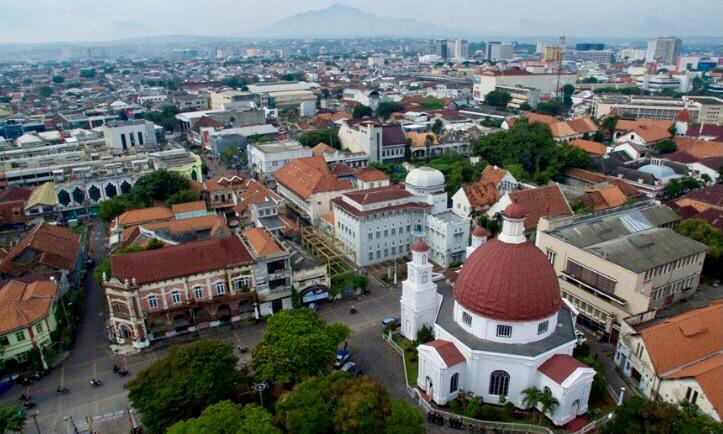
Image Source: Reddit
Semarang is the capital of Central Java, it faces some seriously significant sinking challenges. Over-extraction of groundwater to meet the needs of its growing population and industries leads to land sinking. The city's location on soft clay soil worsens the sinking issues they already have. Rising sea levels in the Java further compound the risks of coastal inundation.
25. Surabaya, Indonesia
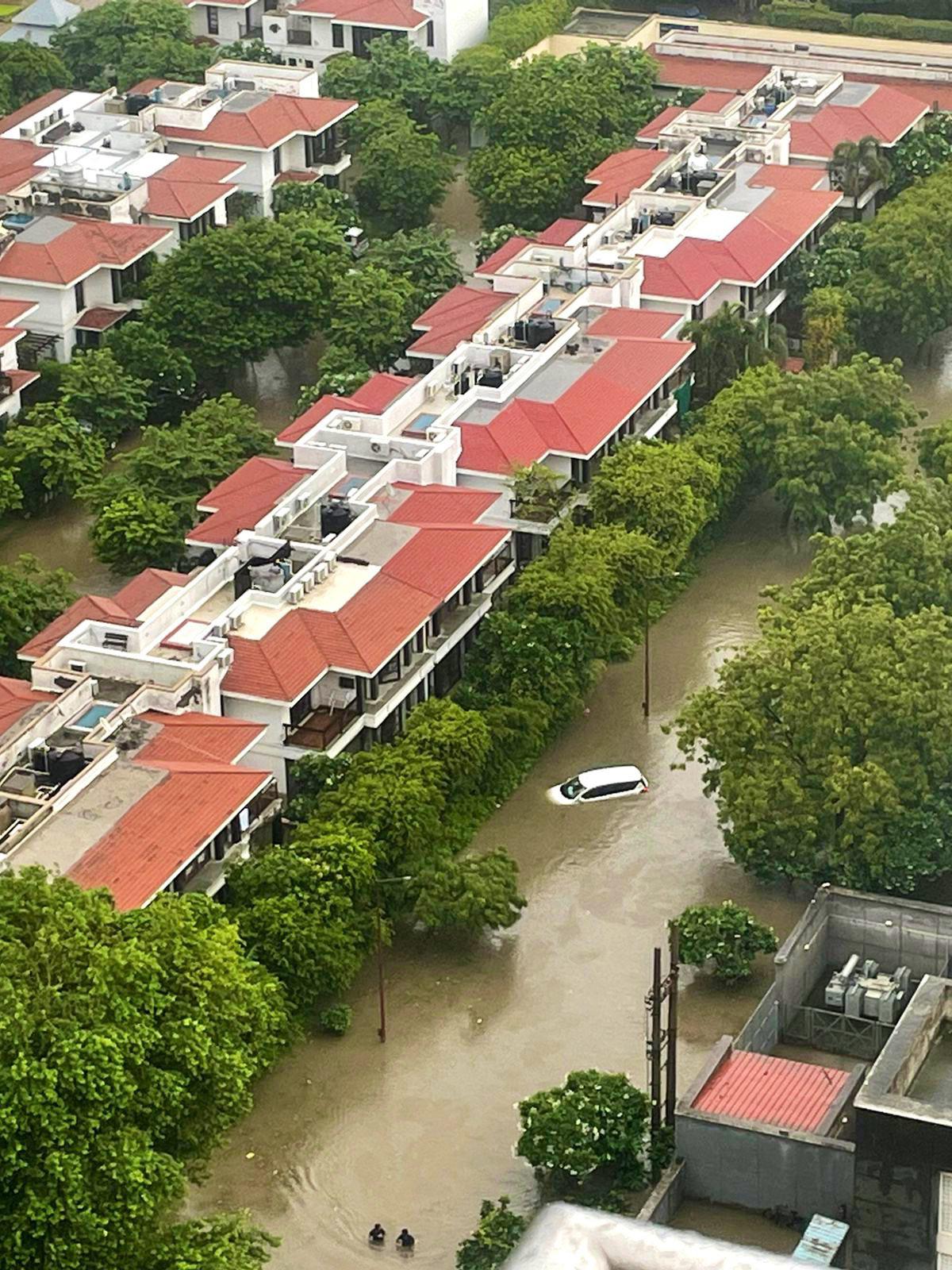
Image Source: Reddit
Surabaya, the second-largest city in Indonesia, is sinking to a whole host of reasons. Like plenty of other cities, considerable amounts of groundwater extraction used for agriculture has caused land subsidence. Combined with soft clay soil and rapid urbanization, the city is at huge risk of sinking and being destroyed. This could be another city to fall victim to the rising sea levels from the Java Sea.
26. Norfolk Island, Australia
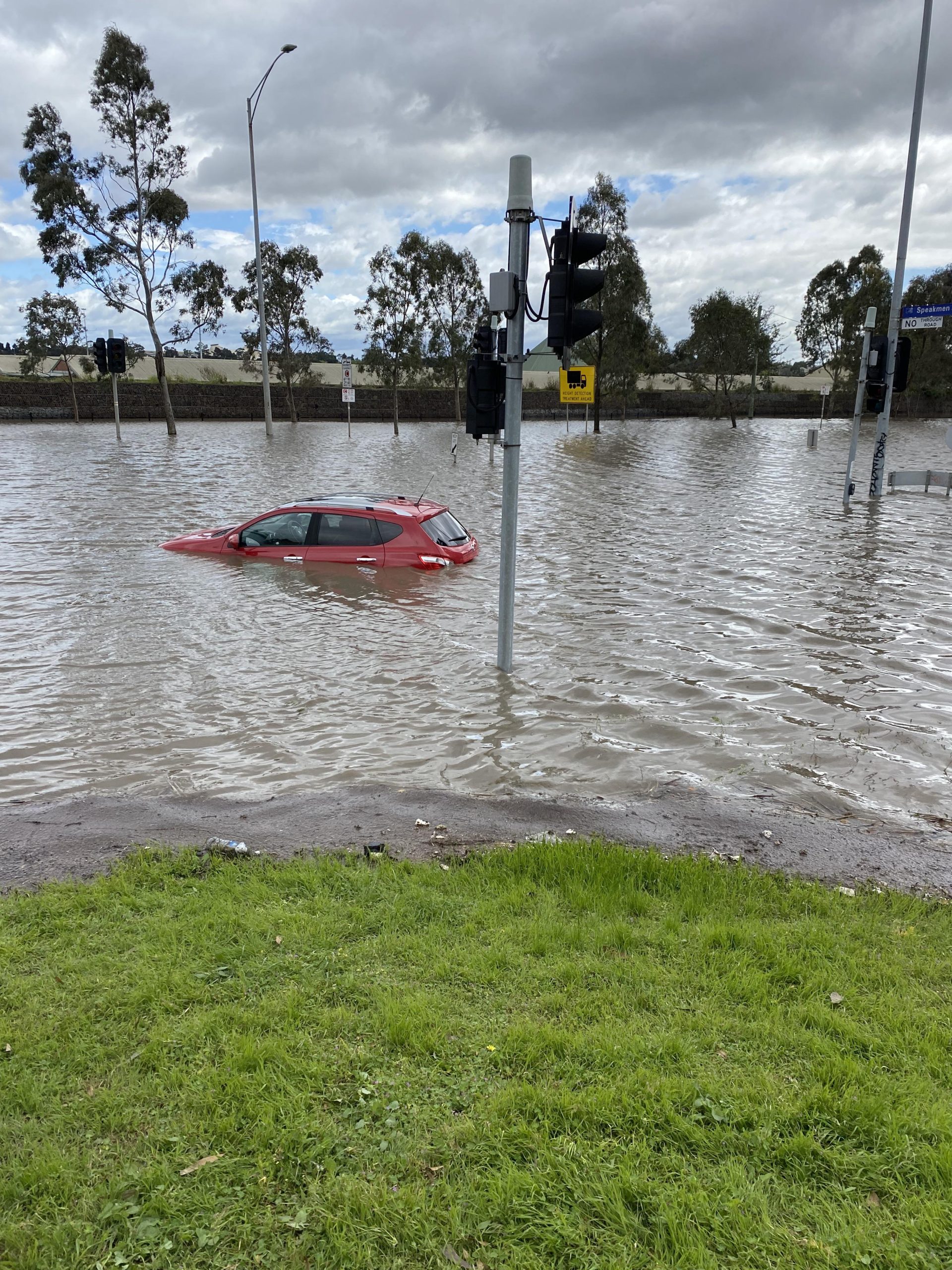
Image Source: Reddit
Norfolk Island faces sinking due to the impacts of rising sea levels and coastal erosion. The island's low-lying topography and vulnerability to climate change increase the risk of coastal inundation and the loss of land. The alteration of natural water flow patterns and the prevalence of impervious surfaces on the island contribute to the challenges of managing excess water during heavy rainfall and high tides, impacting the island's environmental stability.
27. Sunda Kelapa, Indonesia
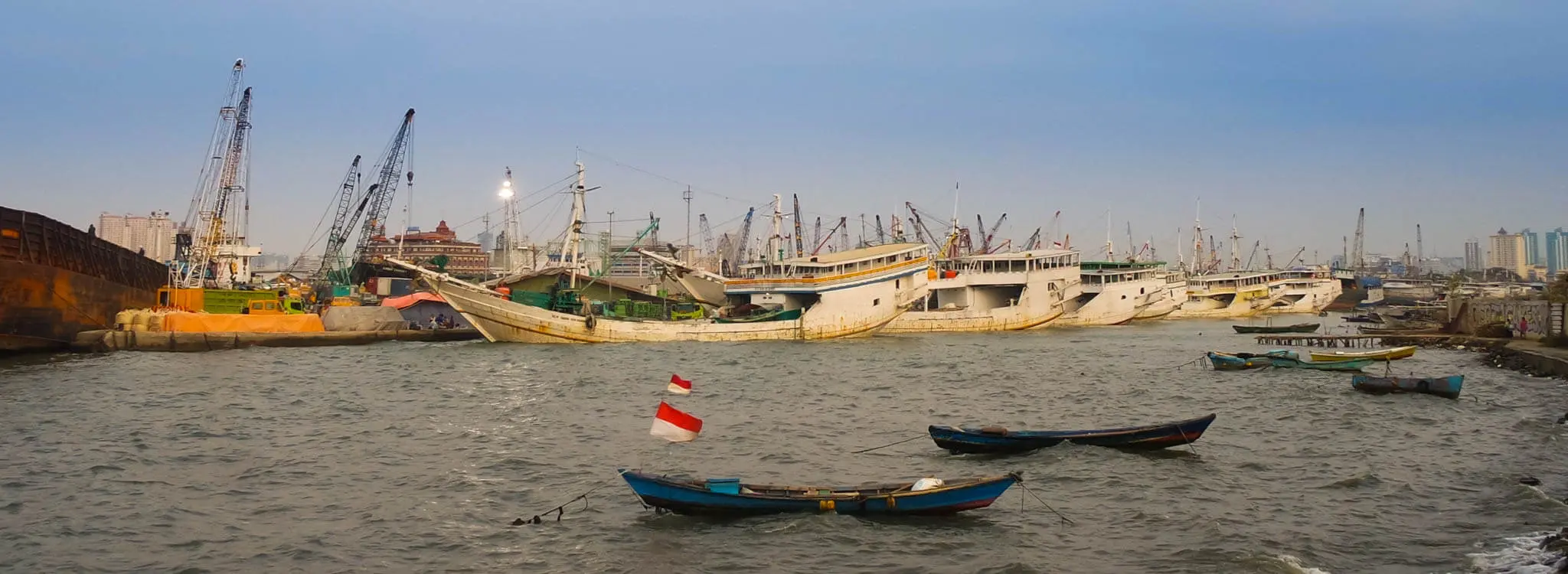
Image Source: Reddit
Sunda Kelapa, a historic port in Jakarta, is sinking due to extreme groundwater extraction to meet the growing demands of the population and industries. Water being pumped from the ground causes the soft clay soil to subside, leading to land instability. Urban development and land reclamation projects further disrupt natural water drainage and sediment balance, contributing to increased flooding risks.
28. Tokyo, Japan
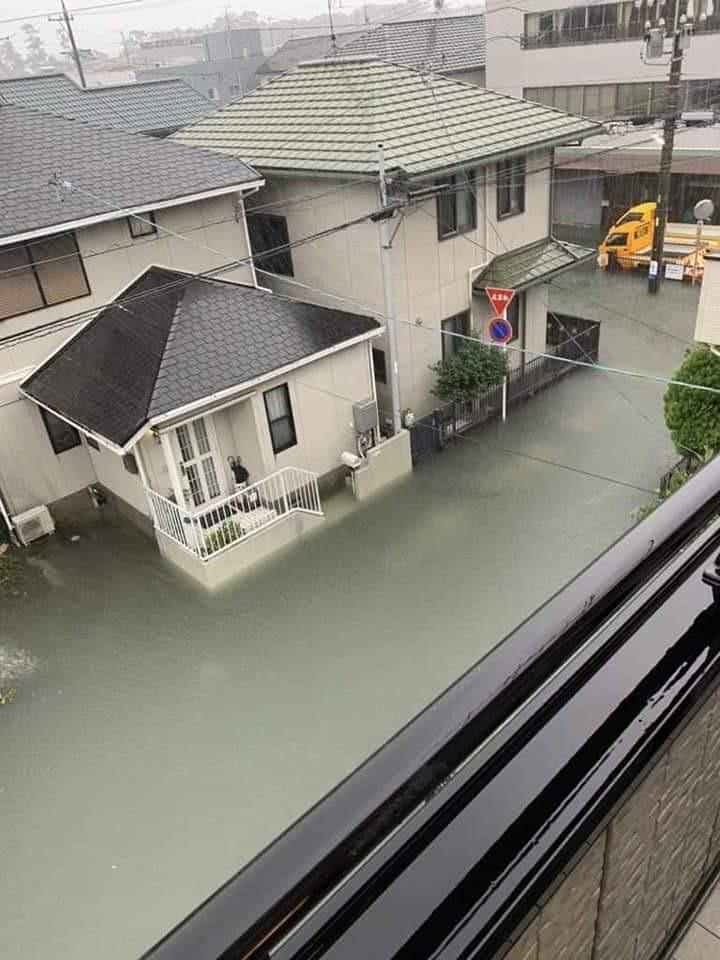
Image Source: Reddit
Tokyo, the capital of Japan is facing sinking issues due to excessive groundwater extraction. As one of the most populous metropolitan areas of the world, the demand for water is high, leading to subsidence. Tokyo's location on soft soil worsens the issue and the extensive urban development and construction activities which are disrupting natural water flow patterns are ultimately leading to the sinking of the city.
29. Alexandria, Romania
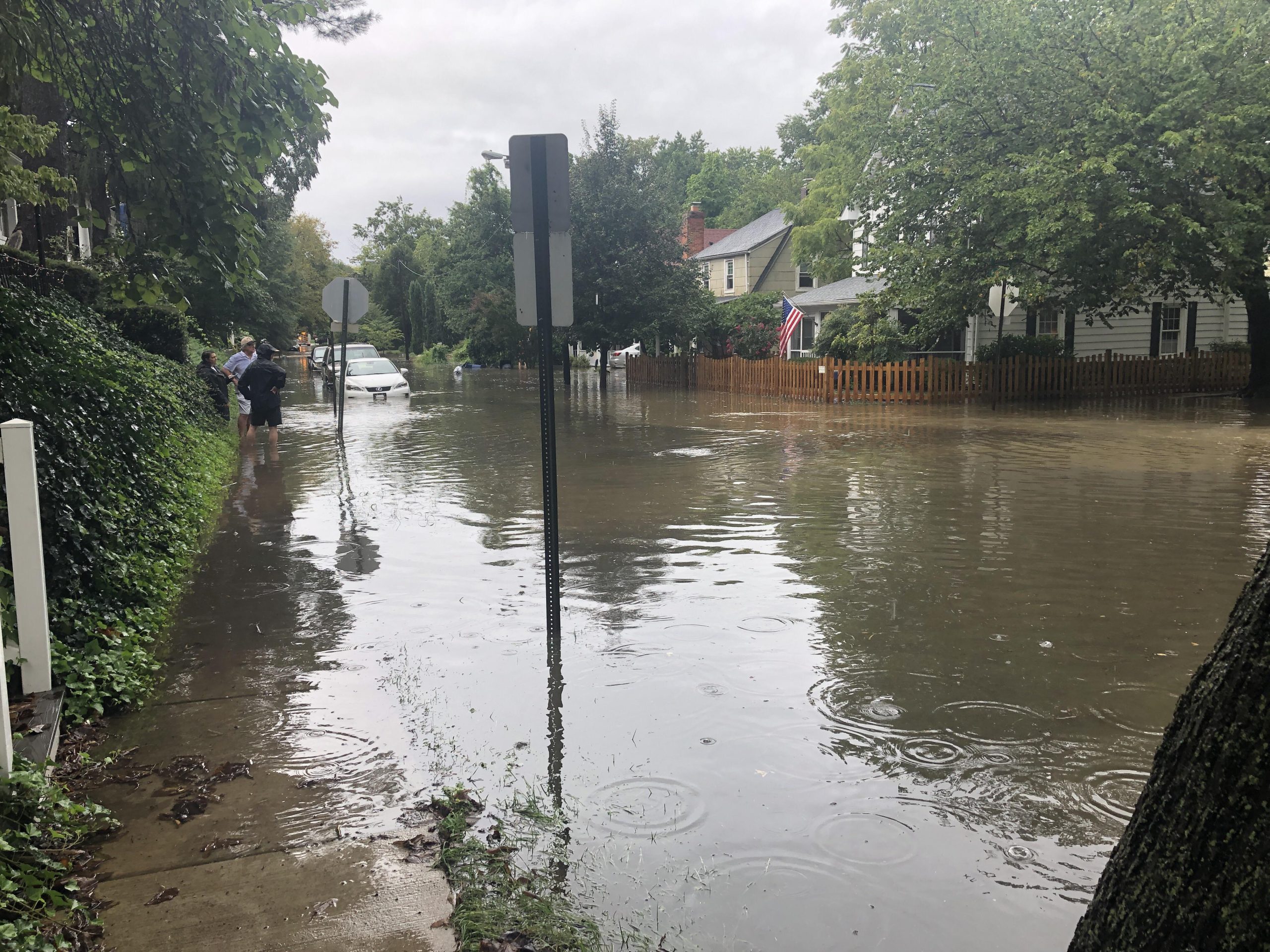
Image Source: Reddit
Alexandria, a historic city situated along the Danube River in Romania, is facing sinking issues die to a combination of factors. Again the demands of the agriculture industry has caused some sinking. Soft clay in the region is prone to compaction causing the land to sink. Unfortunately, the city's coastal location exposes it to rising sea levels from the Black Sea, putting the city at even more risk.
30. Charleston, South Carolina, USA:
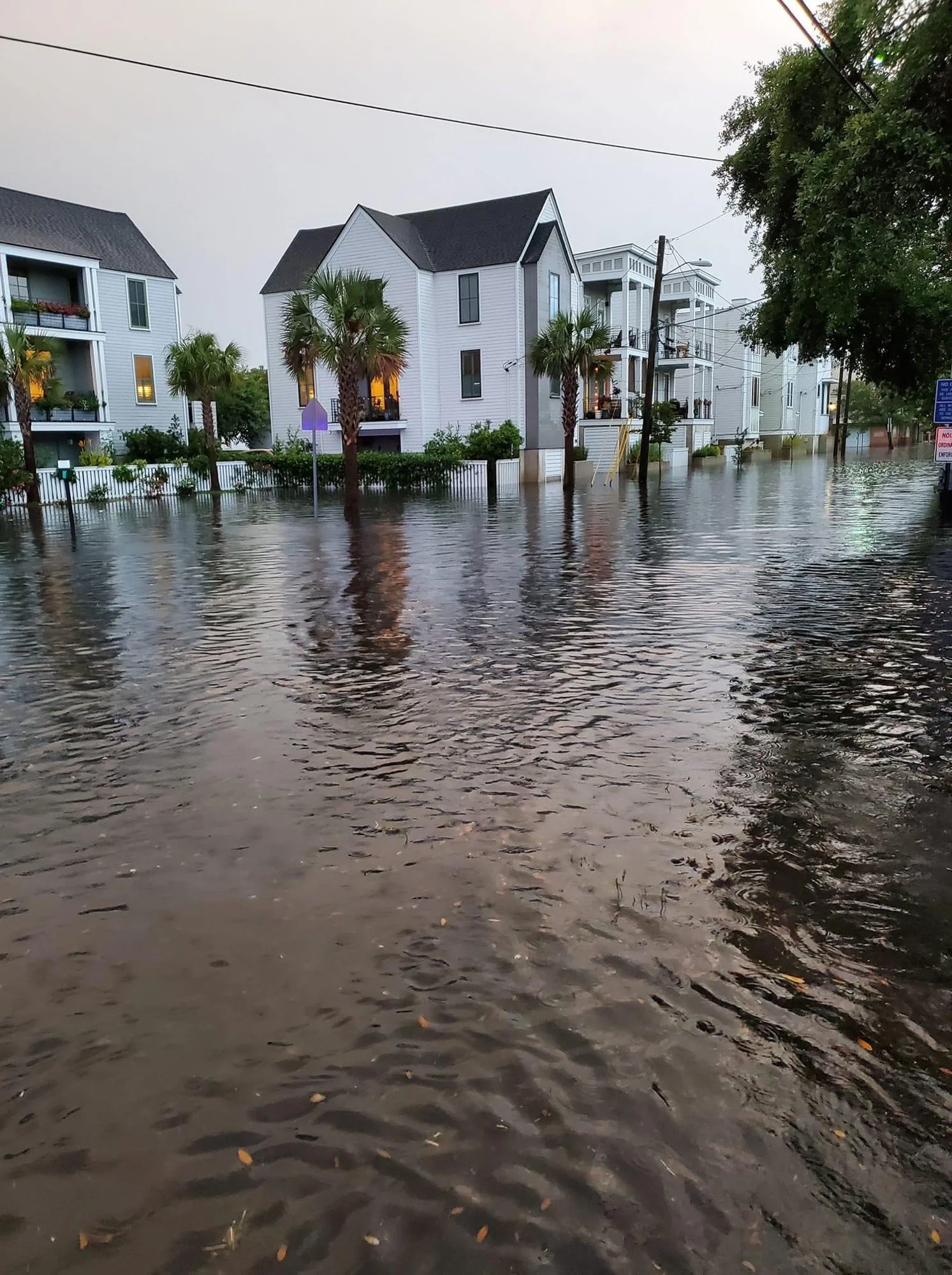
Image Source: Reddit
Charleston, a charming coastal city in South Carolina, is experiencing sinking primarily due to groundwater extraction. The city's continuous pumping of groundwater has caused subsidence, affecting its low- lying areas. The rapid urban development and extensive construction have further disrupted natural drainage systems, leading to increased flooding risks during heavy rainfall and storm events.
